Endo at the Rotunda has a spectacular setting at the top of the Helios building in White City on the former BBC site. It has huge windows and even if the view over Westfield is not quite the Mediterranean, it is striking nonetheless. Guests sit at a wooden counter, with a separate bar to one side. There is a little rooftop terrace with some seats and also a herb garden. Everyone is served together by Endo Katsutoshi, whose father and grandfather were both sushi chefs. He opened here in April 2019 and gained a Michelin star in the 2020 guide. He had formerly run the sushi section at Zuma after moving to the UK in 2007. The menu format is fixed, an omakase meal at £195, with drinks separate.
There was a selection of sake and also a short list of fourteen wines, with the sake all imported directly from Japan. A particularly good example is the Aramasa Lapis from Akita, priced here at £141 compared to its retail price of £61. The wine ranged in price from £100 to £600 with a median price of £173 and an indefensible average markup to retail price of 4.6 times. Sample labels were Elk Grove Pinot Gris 2017 at £100 compared to its shop price of £19, Cuvee Frederich Emile 2011 at £140 for a wine that fetches £56 in a shop, up to the impressive Littorai Hirsch 2016 at £235 compared to its current market value of £125. Sparkling water was £6 a bottle, and there was also Kirin Ichiban beer at £6 a bottle; sometimes beer really is as cheap as water.
As we were seated, we could see Endo cutting into a slab of tuna, a fine 310kg fish from Portugal. The meal tonight began with a simple fish stock made from Cornish brill and bream, flavoured with herbs from the roof terrace garden along with yuzu zest sprinkled on top. This was served in a decorated bowl, releasing a pleasing aroma as the lid was lifted.
The first sushi was brill from Cornwall that had been marinated in kombu for a day. The rice is a key element of sushi, and Endo uses a particularly well-regarded supplier from Japan in Yamagata Prefecture. The brill had lovely texture and flavour. This was followed by Endo’s “business card” dish, a roll made from three different seaweeds, filled with sushi rice, Japanese spring onions and chu toro tuna. This is a gorgeous, crowd-pleasing dish, the crisp nori roll contrasting with the rich semi-fatty tuna. Next was a Bannow Cove Irish oyster that had been marinated in soy and then lightly cooked. This was followed by a dish from the kitchen, seared otoro tuna with Gloucestershire egg sauce. The fatty otoro used to be discarded by fishermen or fed to cats, but is now regarded as the most prized part of the tuna, which if nothing else shows how fashions change in food. The tuna was lightly cooked and went well with the egg sauce.
The attention to detail here was shown in the next course. Wasabi needs fresh running water in which to grow, and is labour intensive to produce. A worrying proportion of sushi restaurants in the UK economise by using fake wasabi (coloured horseradish or mustard) in a tube, or on rare occasions the adequate but unremarkable wasabi from the only wasabi farm in England. At Endo the wasabi is from Amagi in the Izu peninsula in Shizuoka prefecture in central Japan. The pure waters coming down from Mount Amagi are noted for producing the very best wasabi in all of Japan. High quality, freshly grated wasabi has a silky texture and gentle spicy bite. Here it was used to enliven Newry squid, which had an almost milky flavour. This was followed by marinated akami (lean) tuna sushi topped with a little yuzu, followed by the medium fatty chu toro. Both had lovely texture. The sushi sequence was broken up by a tempura dish next, monkfish tempura with ponzu sauce. To be honest, the batter would not pass muster in a top specialist tempura restaurant in Tokyo like Nanachome Kyoboshi, but it was harmless enough; it was the weakest dish of the meal.
This was followed by a particular enjoyable Loch Fyne scallop topped with kaluga caviar from the top-class supplier N25. The scallop was beautifully sweet and contrasted nicely with the briny caviar. Cornish sea bream sushi was particularly good, the texture of the fish not too firm. The next dish was lovely spider crab from the Lizard Peninsula, topped with a little 7-month aged kaluga caviar as well as grated truffle from Tasmania. Loch Striven salmon was smoked briefly in front of us for 45 seconds before appearing as smoked salmon sushi. A pretty dish was next, artistically arranged vegetables including asparagus and cherry tomatoes alongside clams from Brittany, topped with pomegranate seeds and a sauce of white miso and egg yolk. This was a light and refreshing dish, and an interesting way to break up the sequence of fish.
The latter resumed with rich otoro tuna sushi, then a lovely dish of mackerel with potato sauce, using potatoes from Cornwall, sweet onion and pepper. This was a particularly successful combination, the natural richness of the mackerel balanced by the potato and the sharpness of the onion. Then came a beautifully sweet live langoustine from Ayr topped with N25 “Isabella“ caviar. There was to be a further surprise course, but the main sequence of dishes finished with tender A4 grade wagyu beef from Miyazaki prefecture on Kyushu. In 2017 Miyazaki beef was ranked top at the “Wagyu Olympics”, held roughly every five years since 1966, and won it for the third time in succession. It is less famous than Kobe or my favourite Matsusaka, but is certainly top of the range beef. I personally prefer the A4 grade to the fattiest A5 grade, which can be ultra-buttery. The sauce used sansho pepper corn from Kobe, a relative of the Sichuan pepper and one that also delivers a slightly numbing spicy sensation. For me, there could have been more sansho pepper, but this is just a matter of taste, and certainly the dish was lovely.
At this point we were shown around the rooftop herb garden, and back in the kitchen were served a final savoury dish, lemon sole tempura with herbs served katsu style with panko breadcrumbs. Dessert was served at the bar, a souffle using koji rice, honey, borage and mascarpone. This was pleasant rather than really dazzling, but was a light finish to the meal.
Service was charming throughout the evening, and Endo himself is friendly and engaging. The bill for drinks on the night was not trivial. We enjoyed Aramasa Lapis sake, which is fermented in wooden barrels rather than the usual stainless-steel tanks, brewed by Aramasa Shuzo brewery in Akita prefecture using local water and rice. We also had some lovely Trimbach Cuvee Frederich Emile Riesling 2011. Counting the pre-paid food, the bill came to £359 per person, so it is not a cheap outing here. If you just shared a modest bottle of wine then your bill might be more like £265 with the 15% service added. However, as a well-travelled dining companion said at the end of the evening: “I doubt I will eat a better meal this year”. Endo is at the top of his game, choosing the very best seafood from these shores and serving a range of dishes rather than just a series of sushi bites. The overall evening was a superb experience (17/20).
Further reviews: 12th Sep 2023 | 13th May 2023 | 22nd Mar 2023 | 26th Nov 2022 | 20th Nov 2019 | 24th Jul 2019



























































































































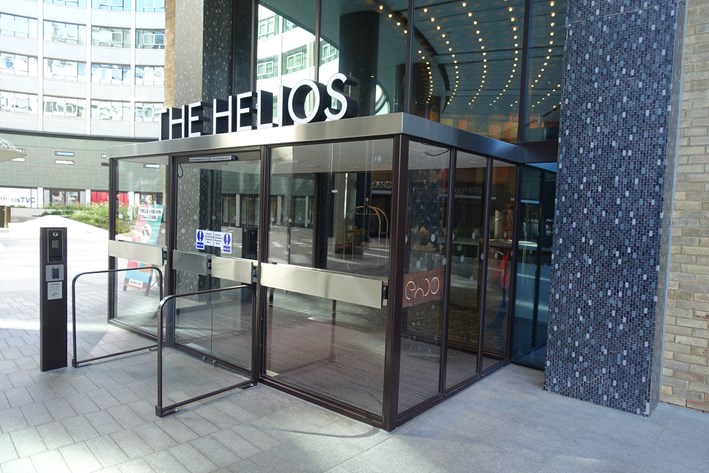

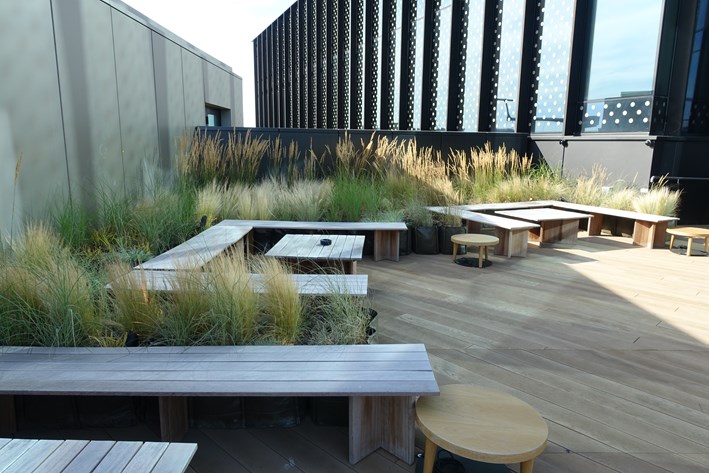
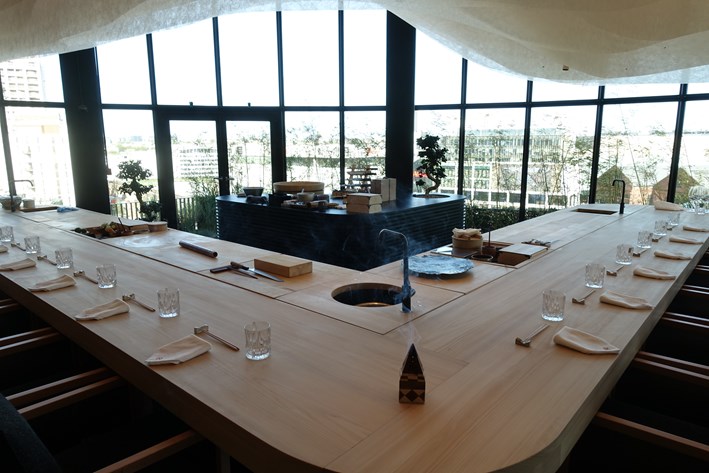
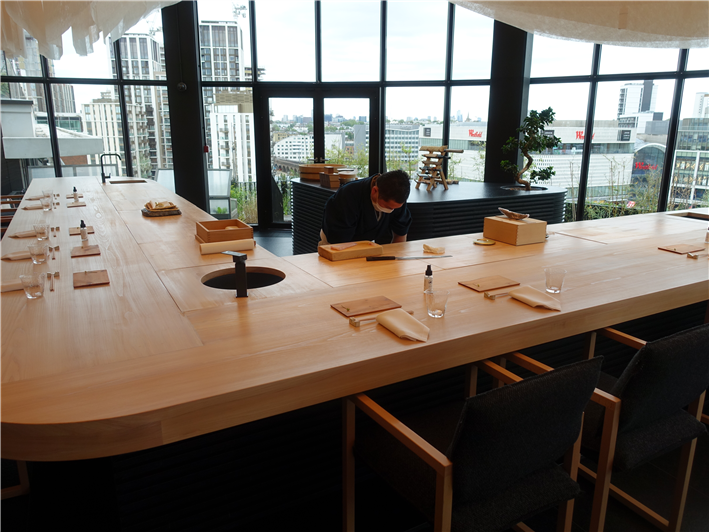

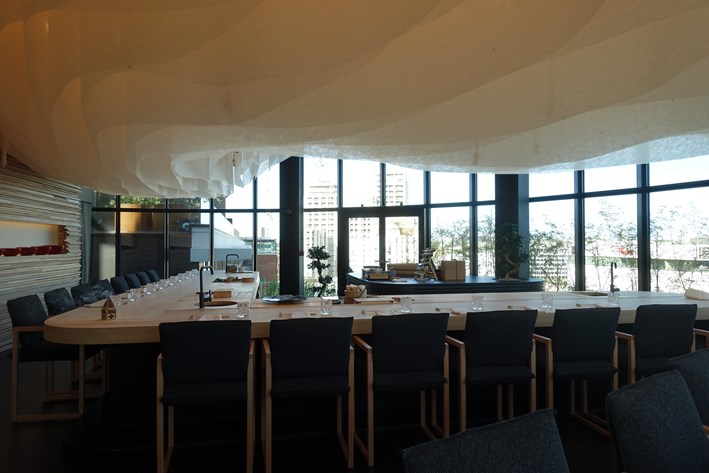
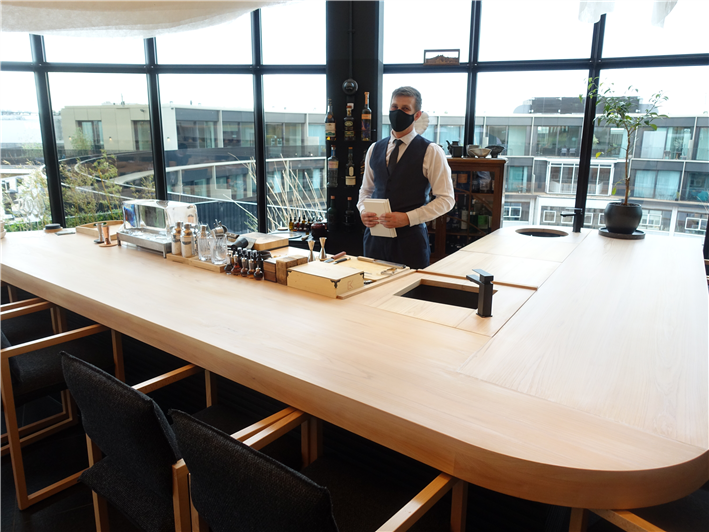
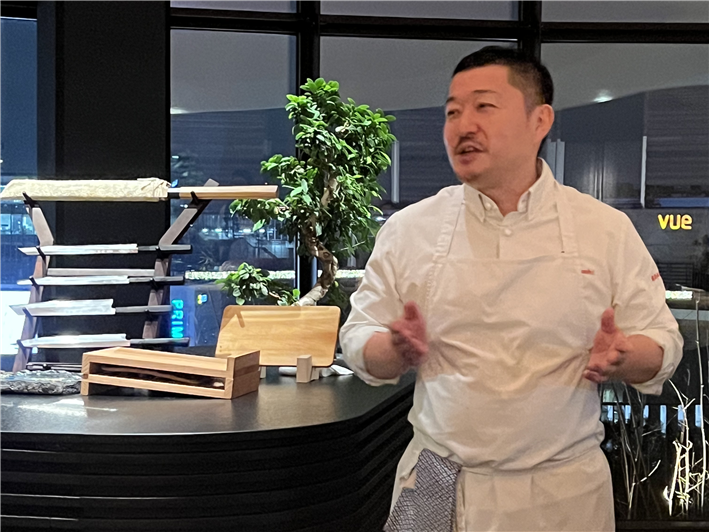
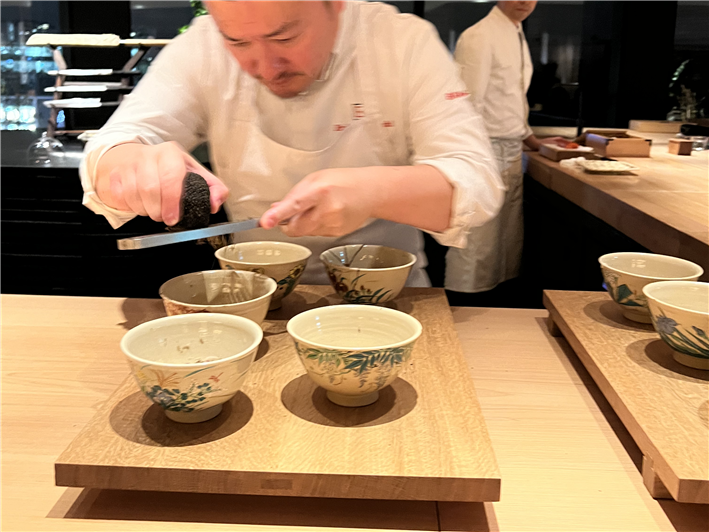
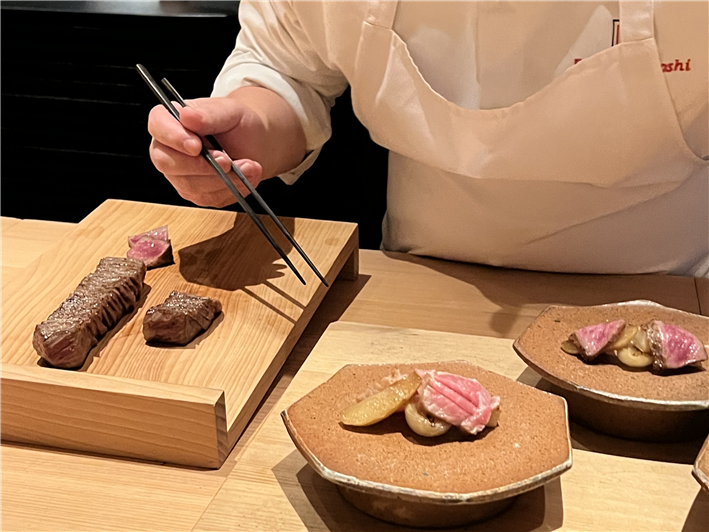
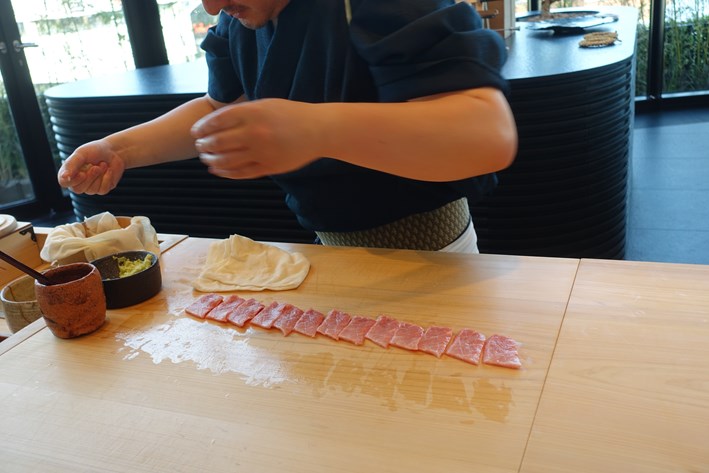
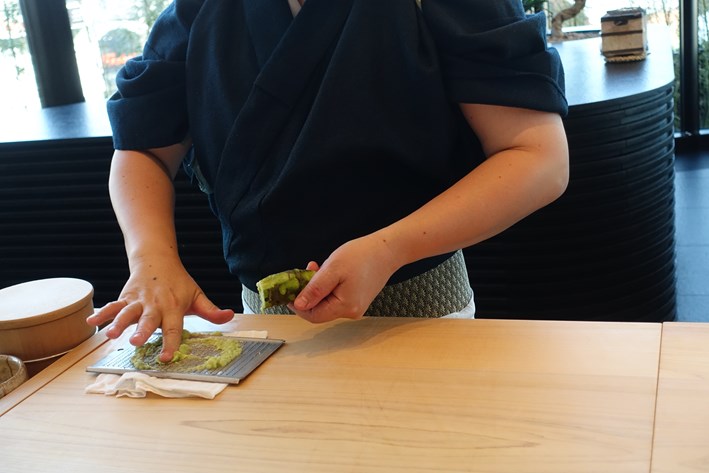
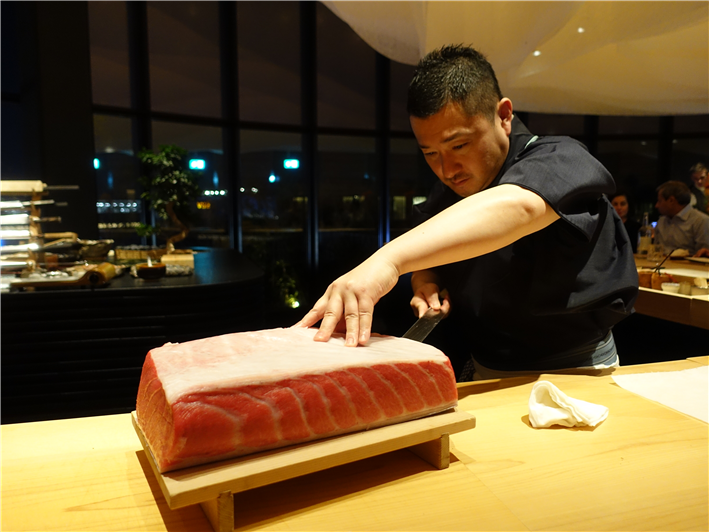
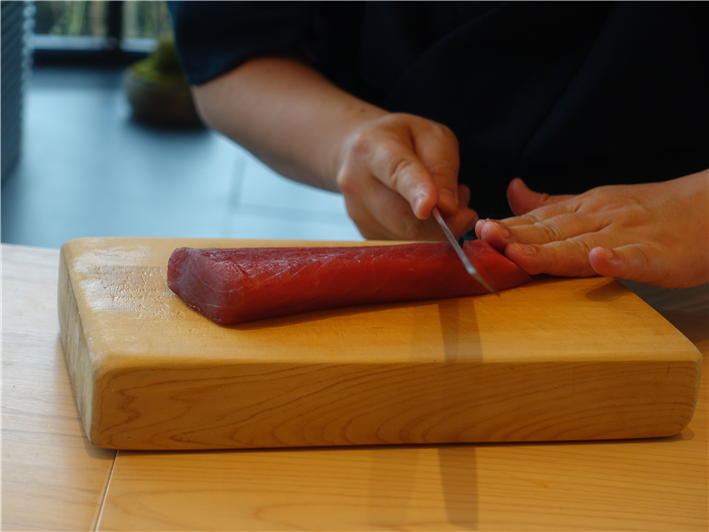

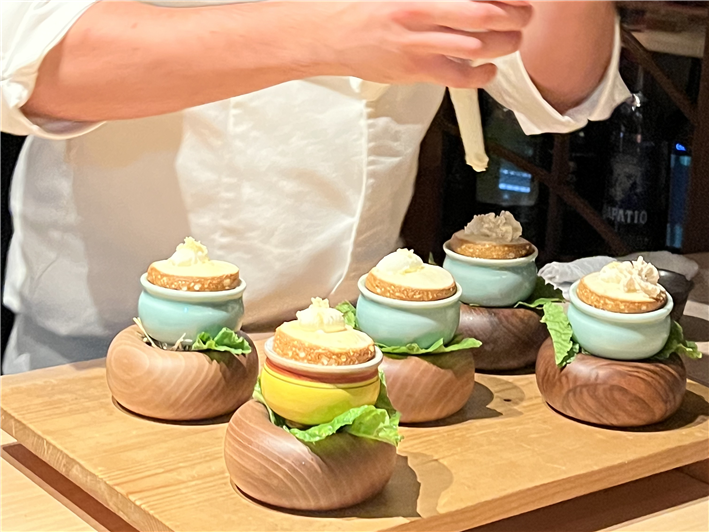
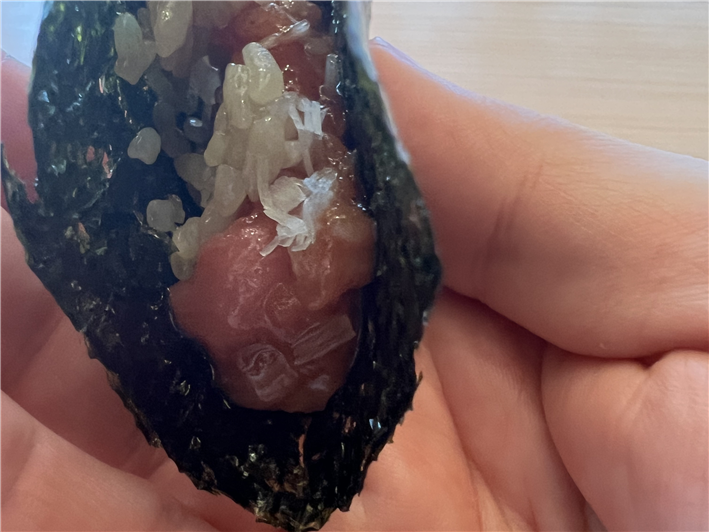
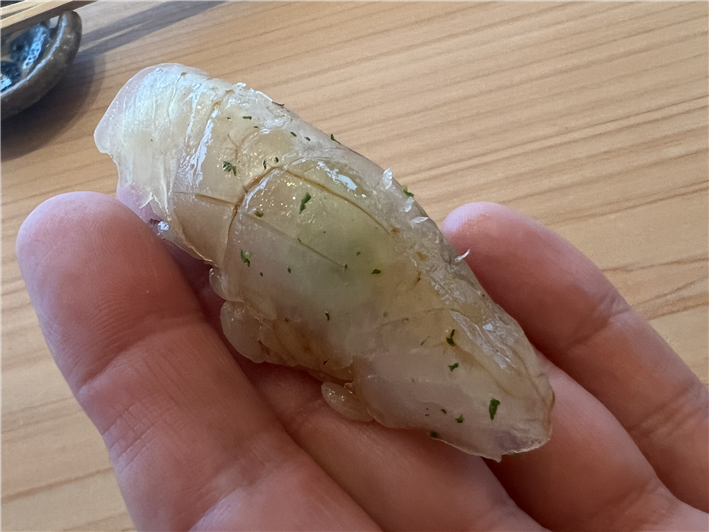
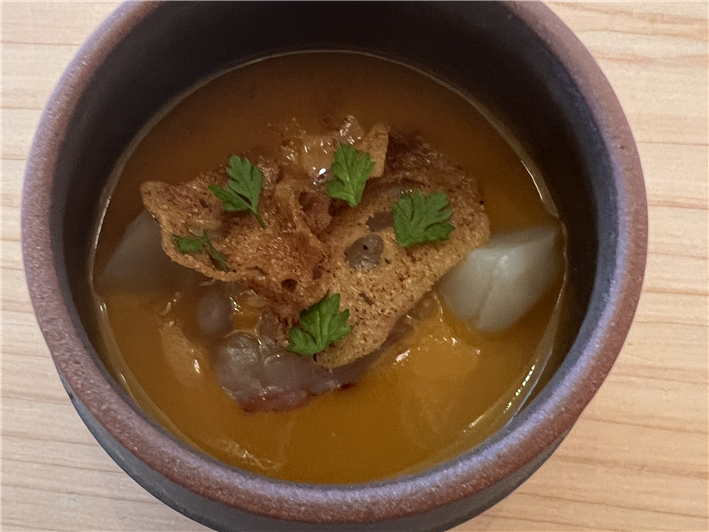
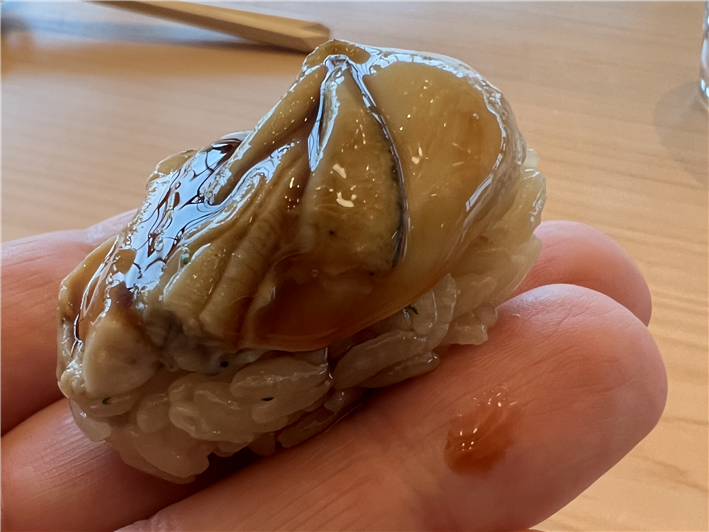
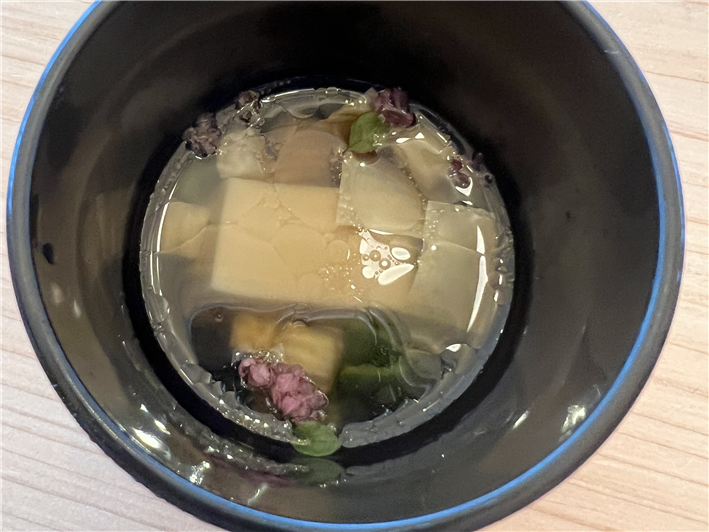
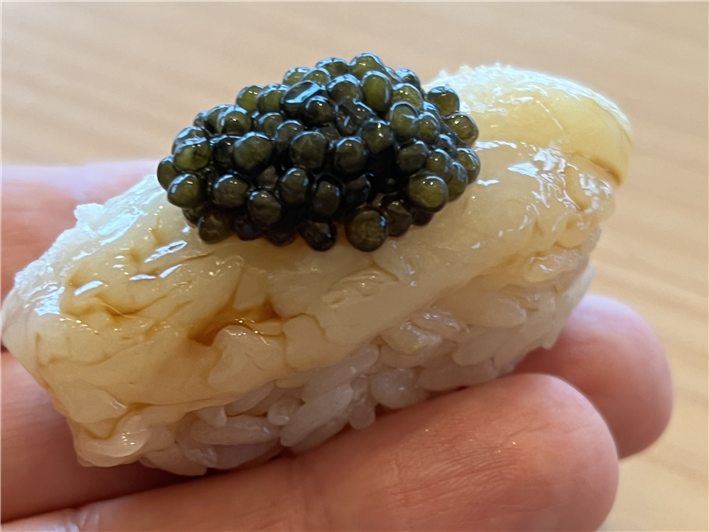
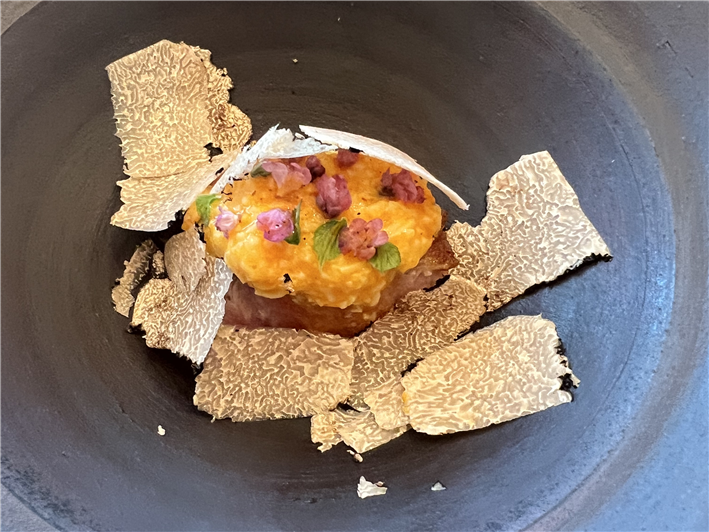
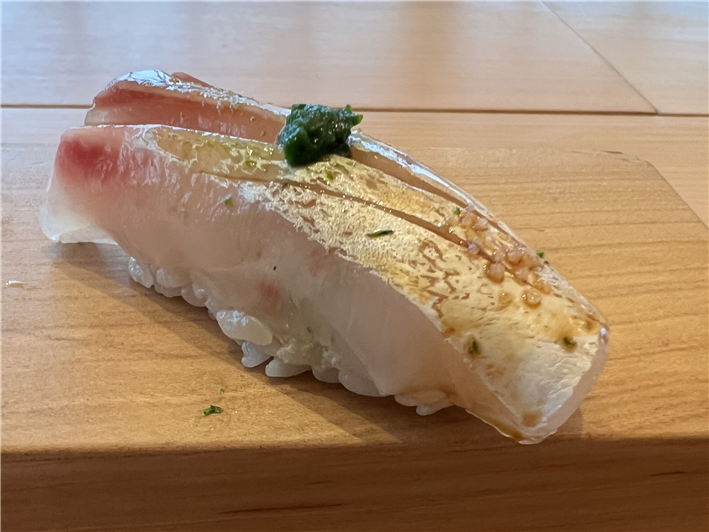
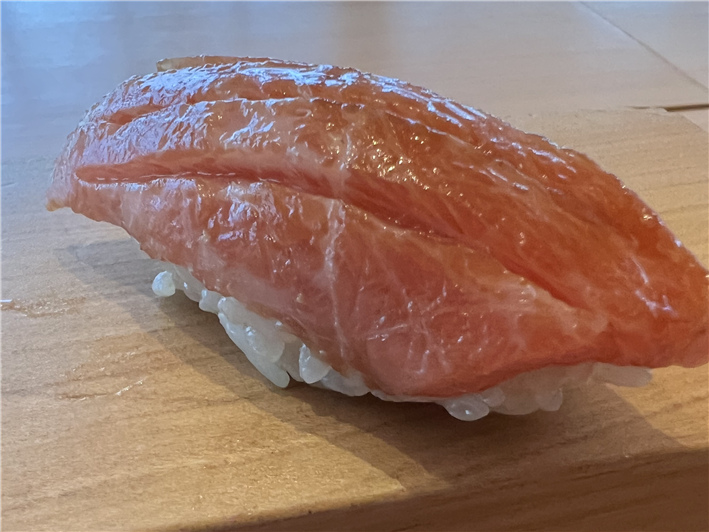

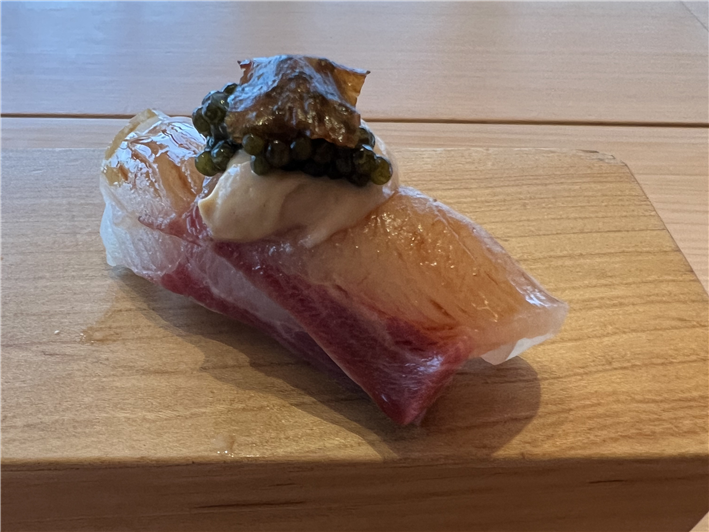
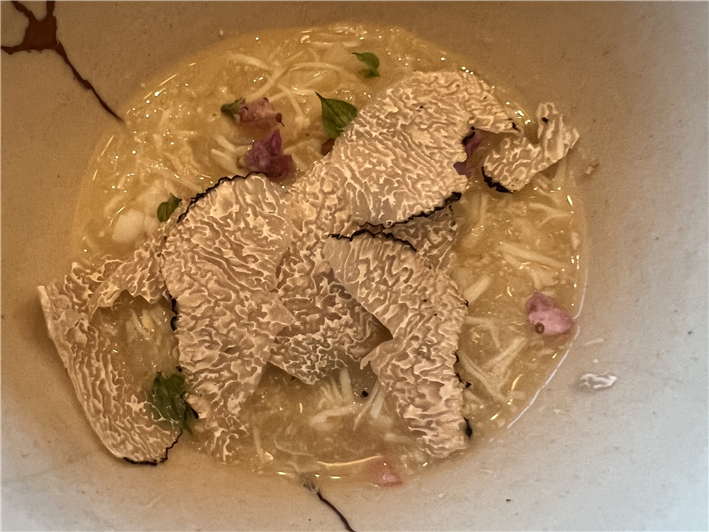

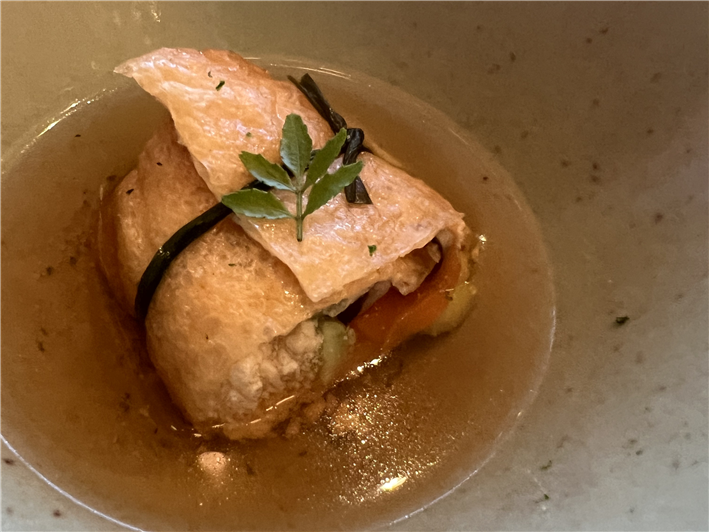
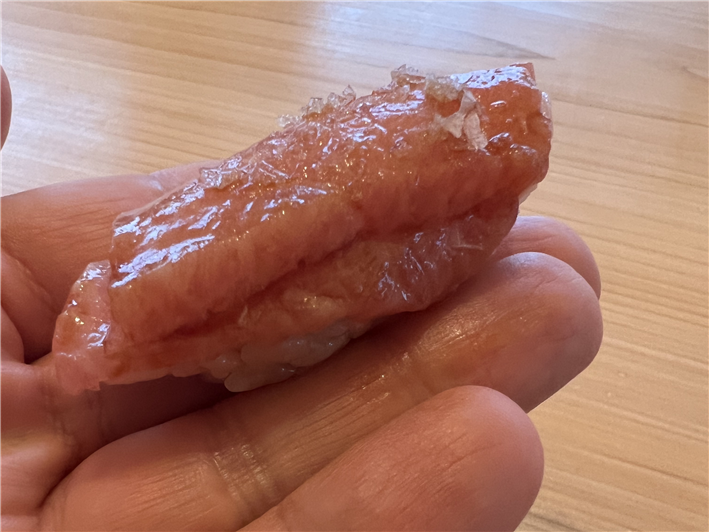
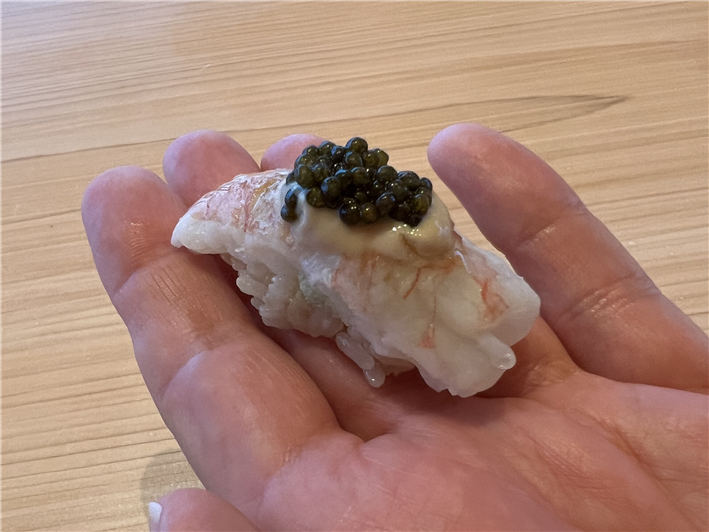
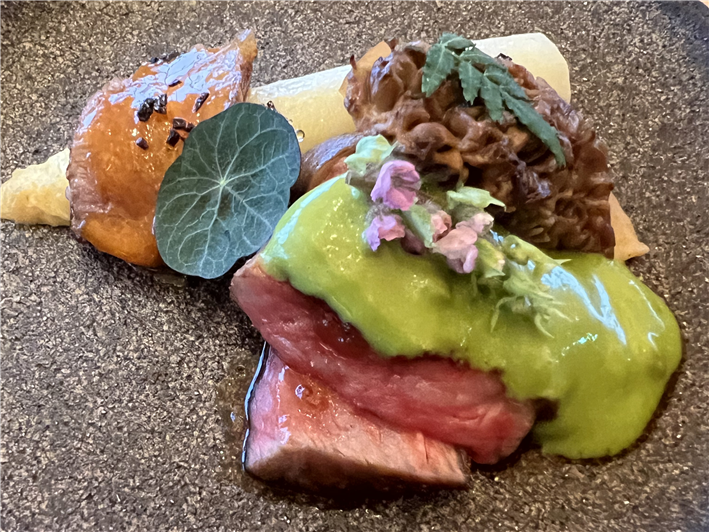
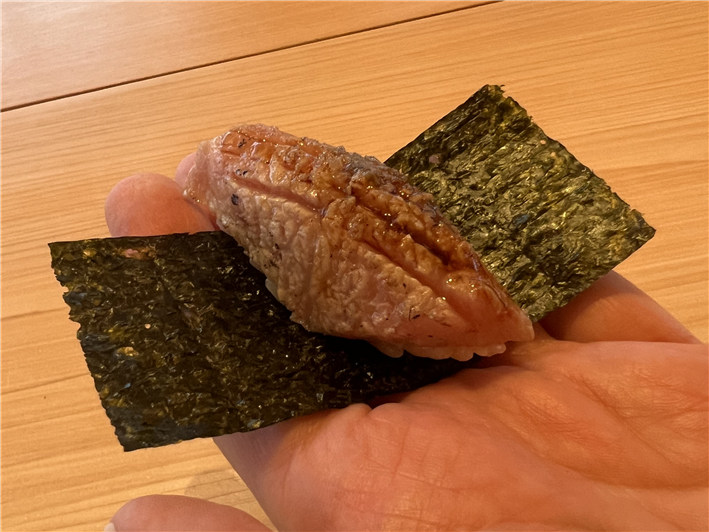
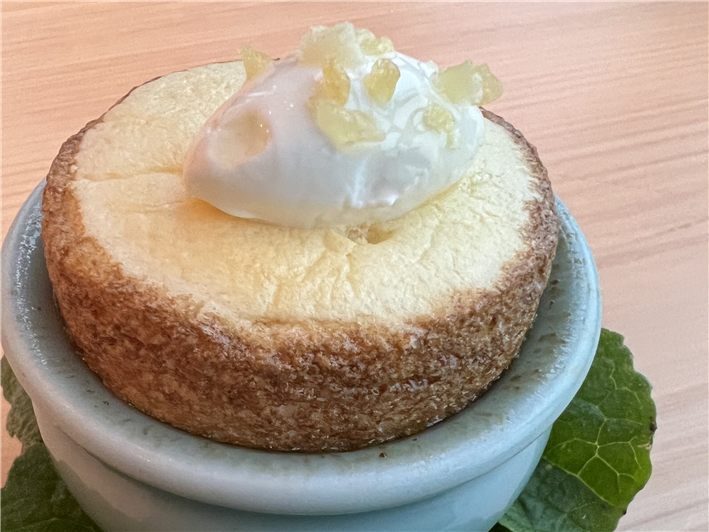
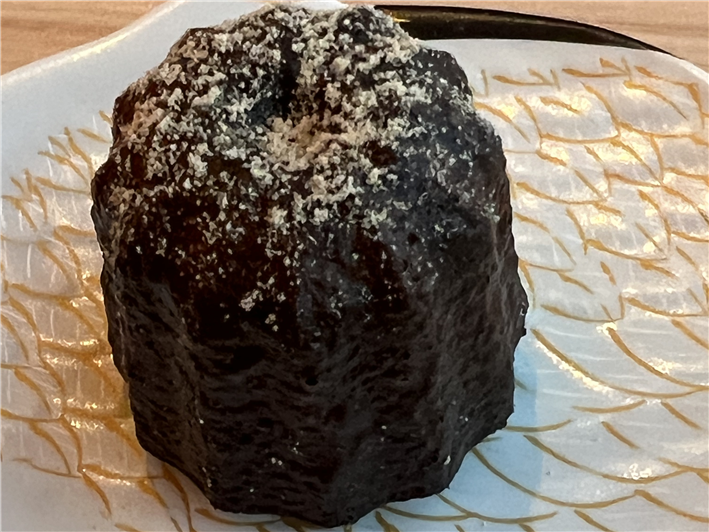
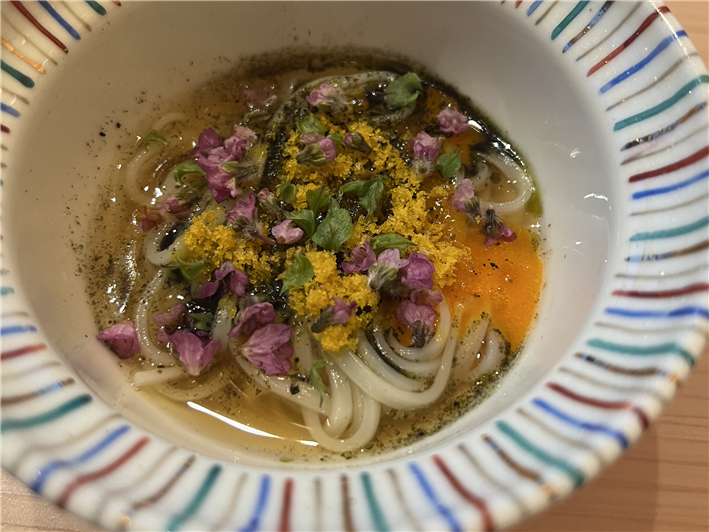
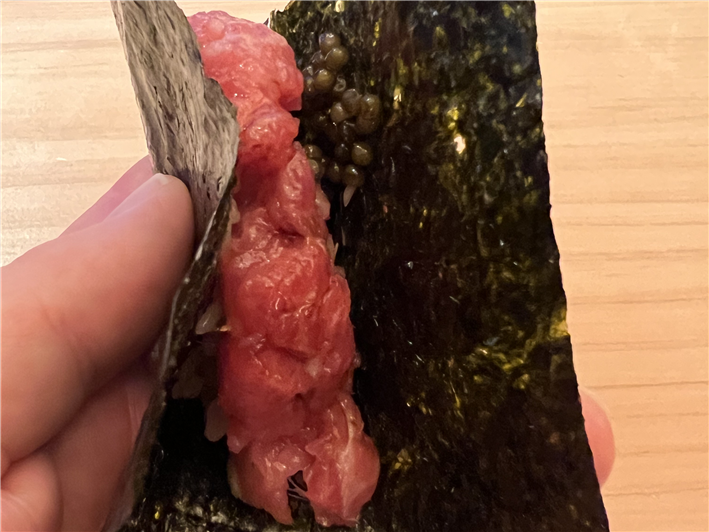
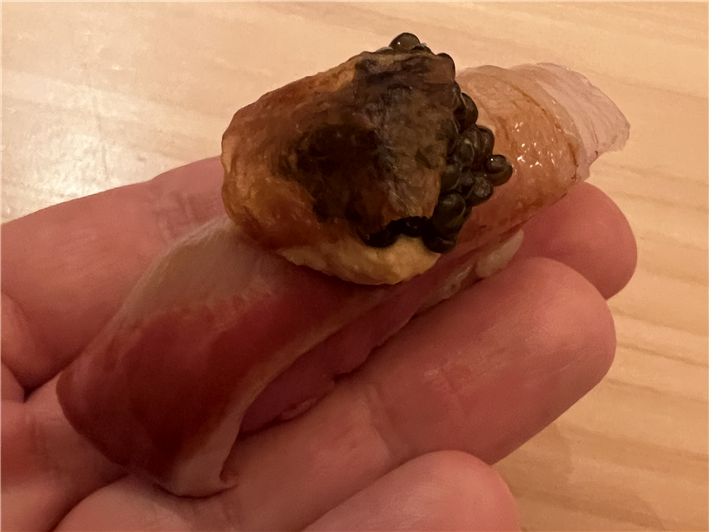
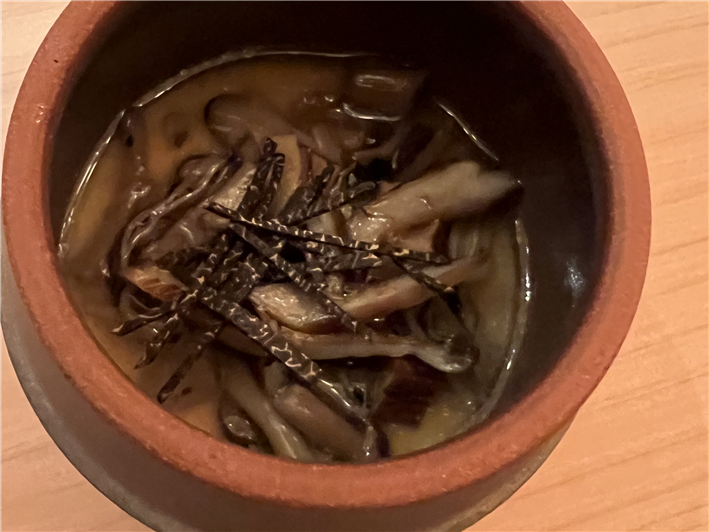
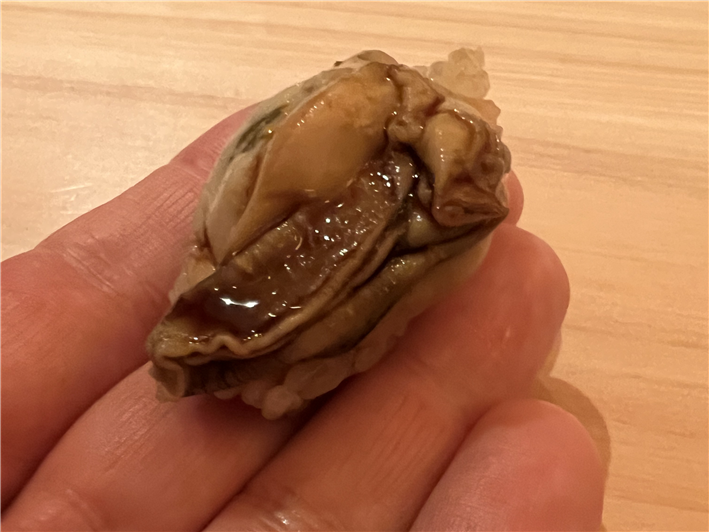




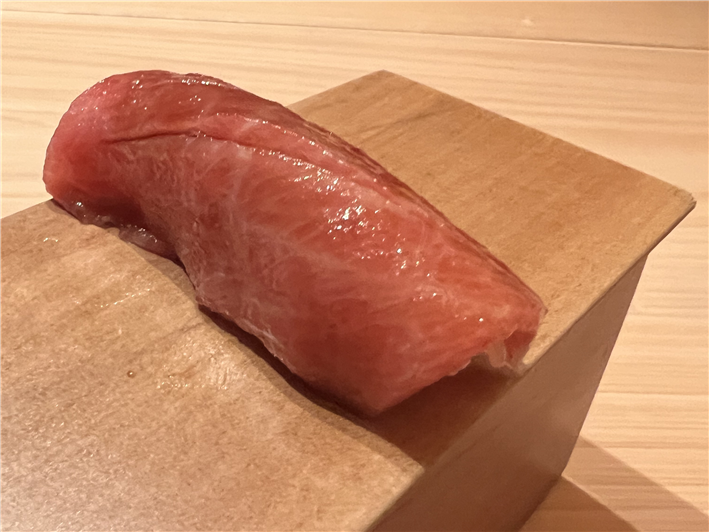
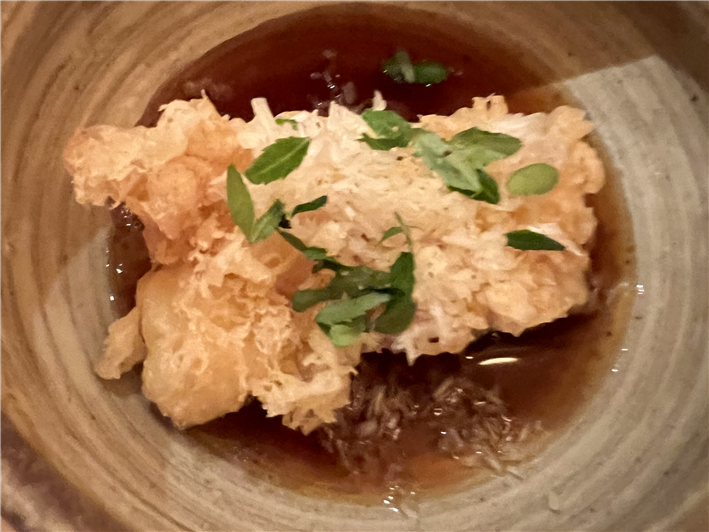
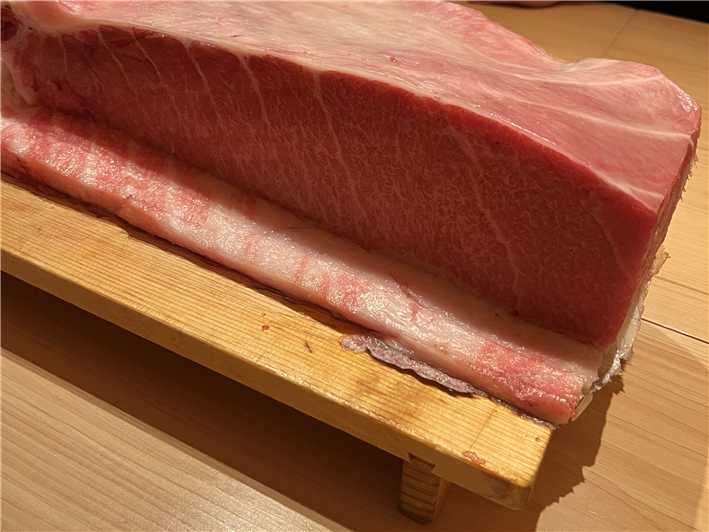

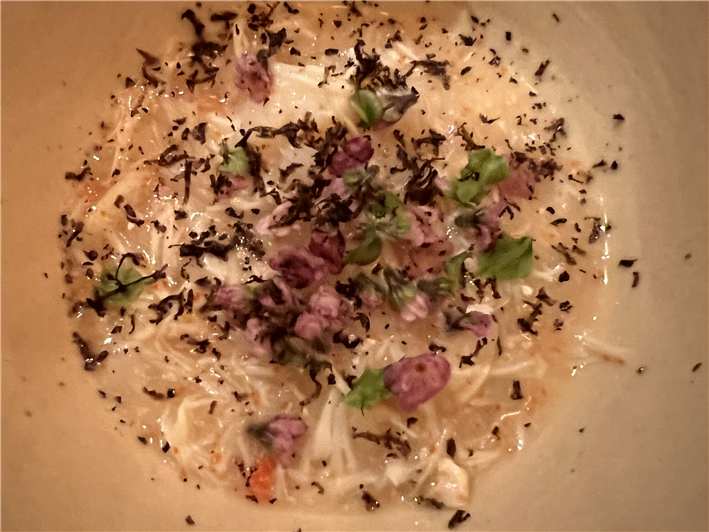
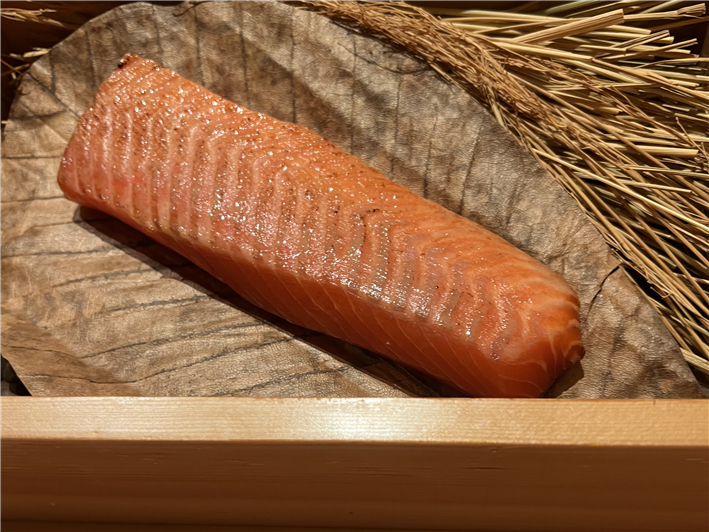

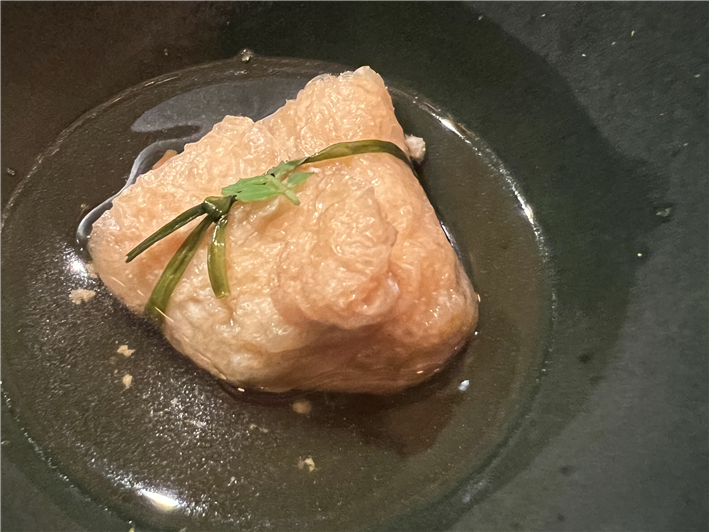
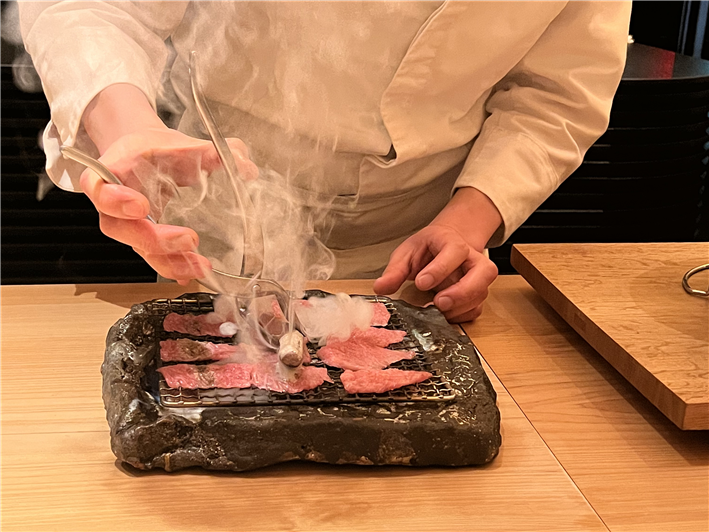
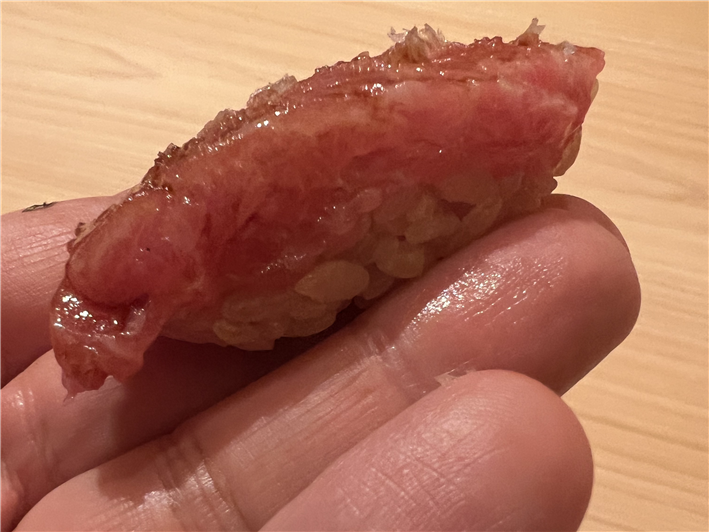

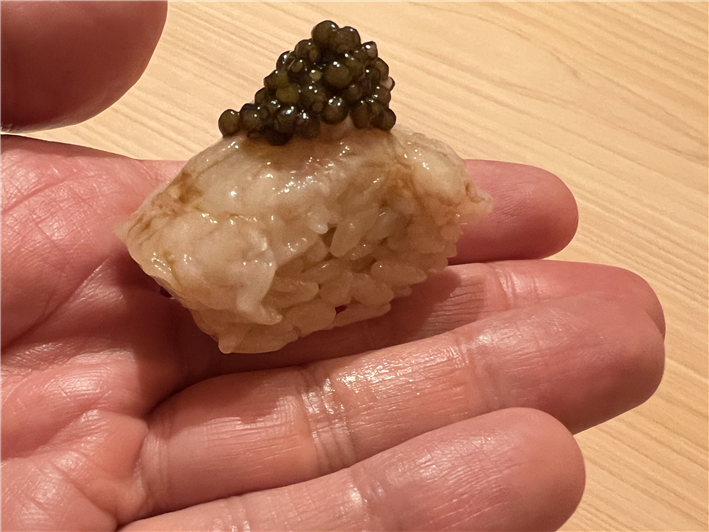
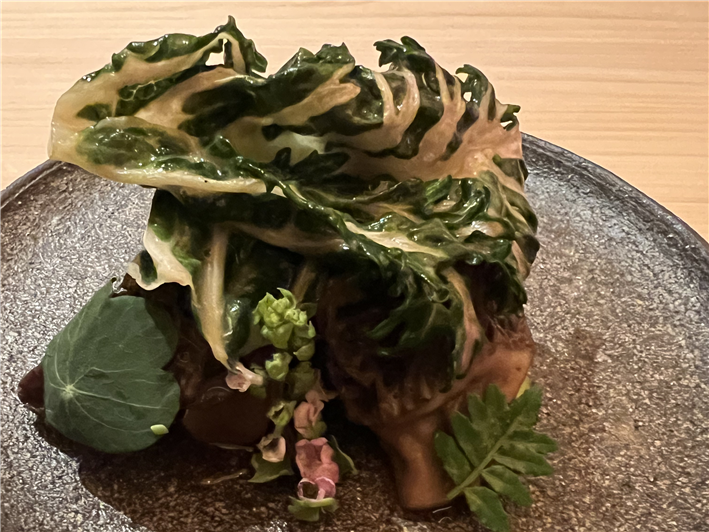
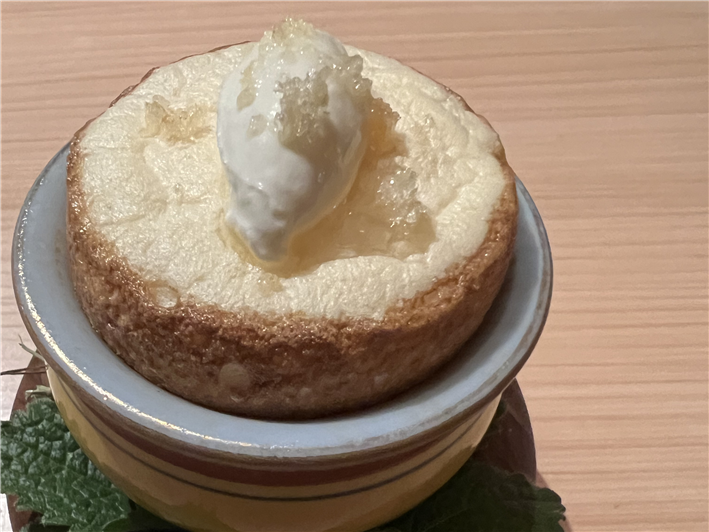
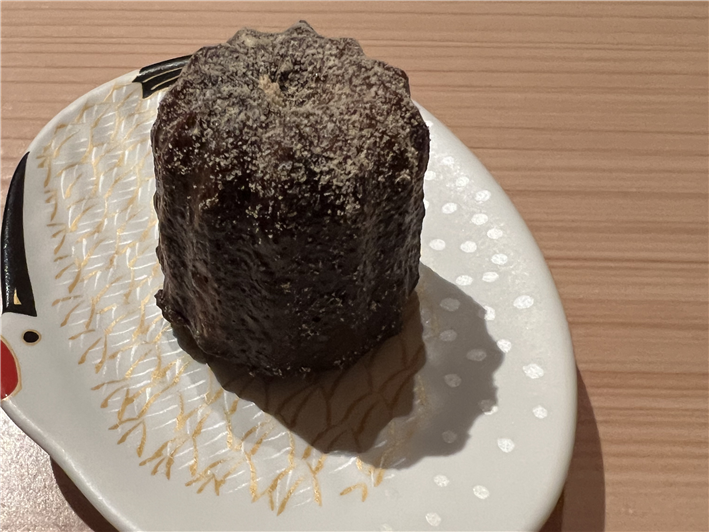
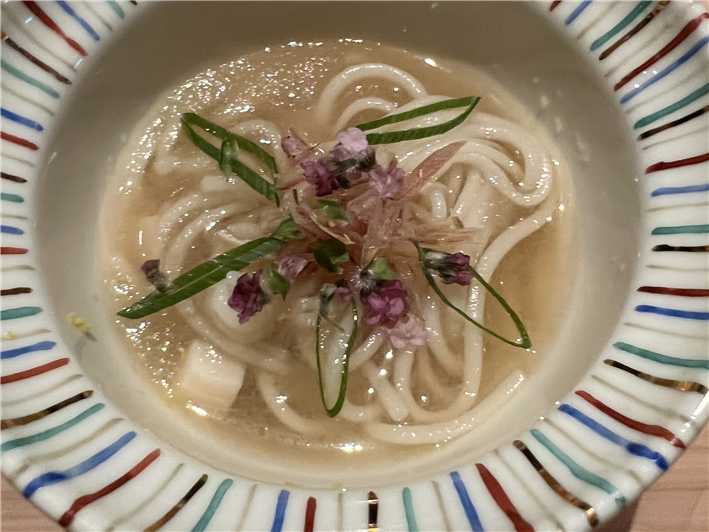
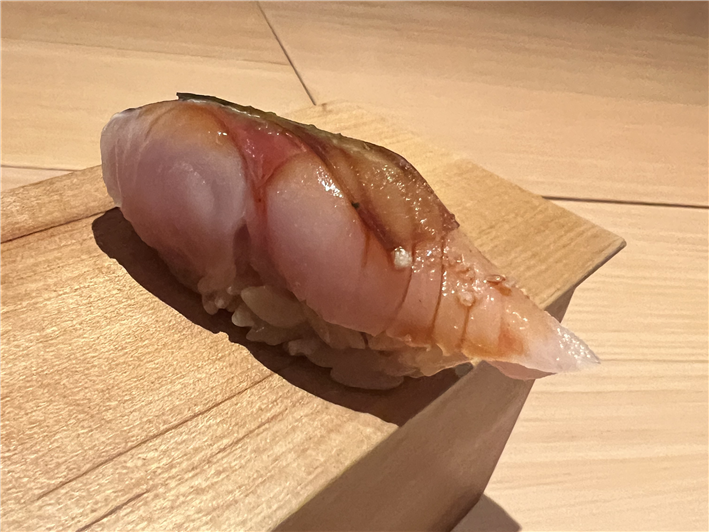

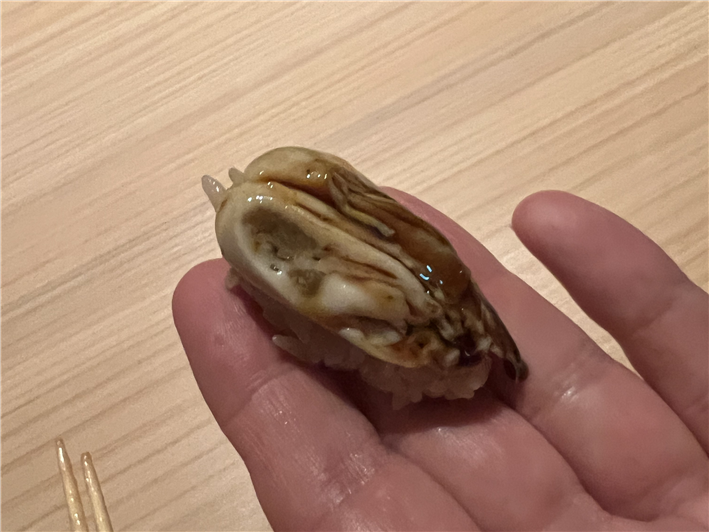
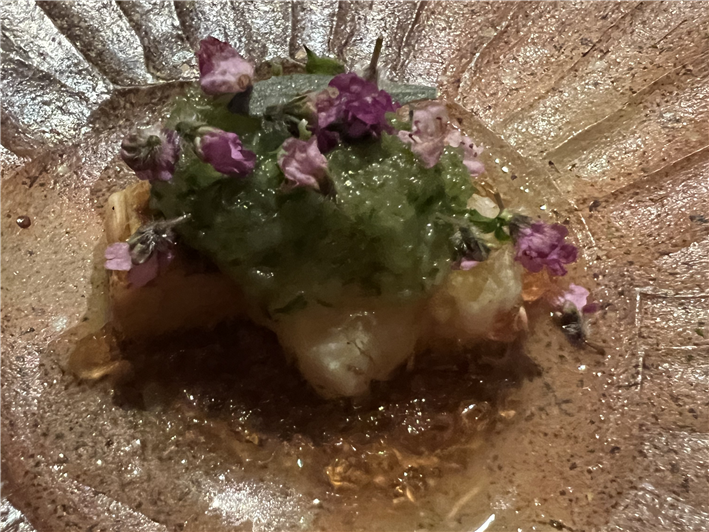
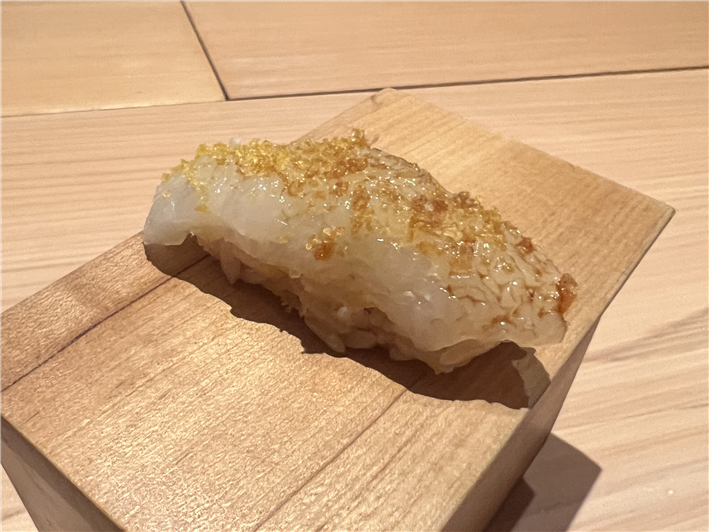
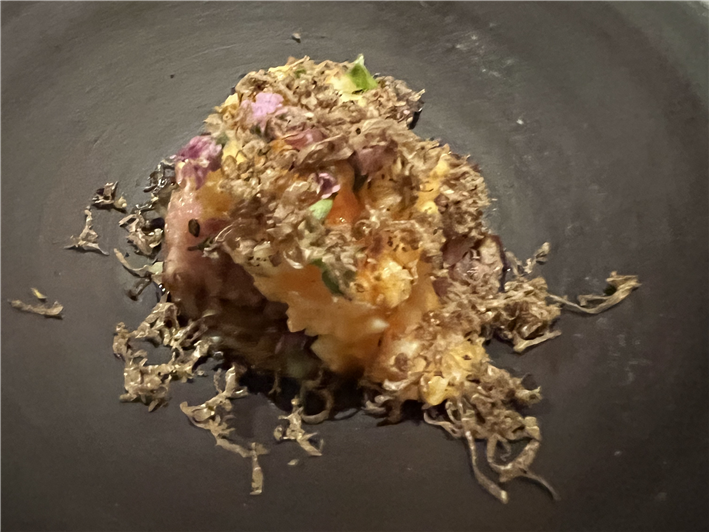
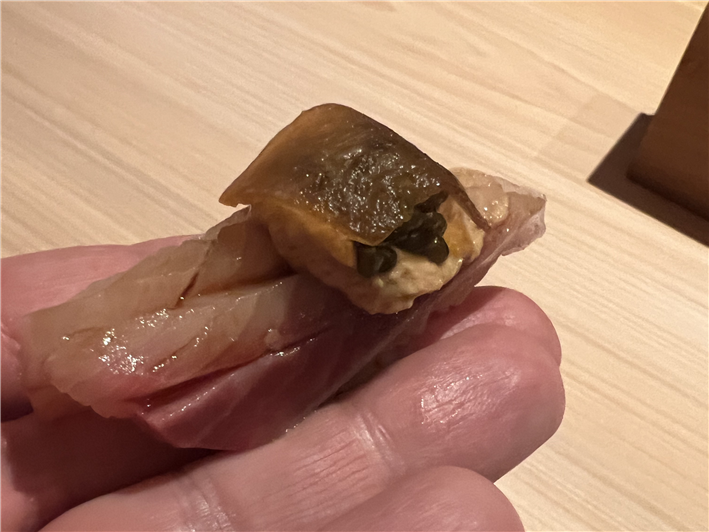


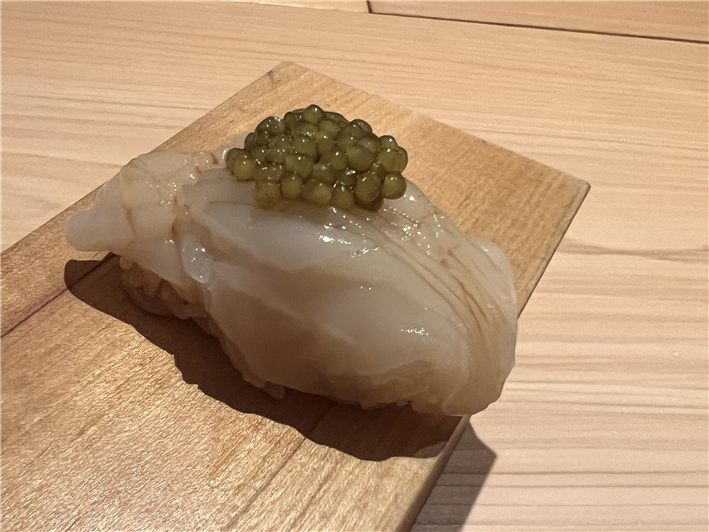
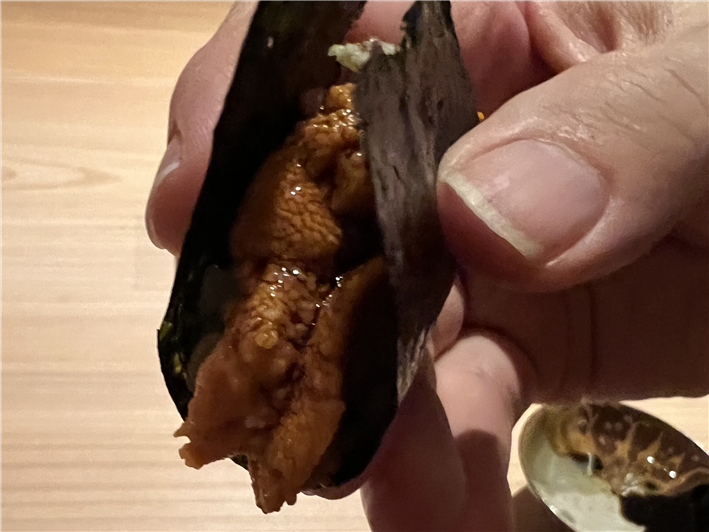
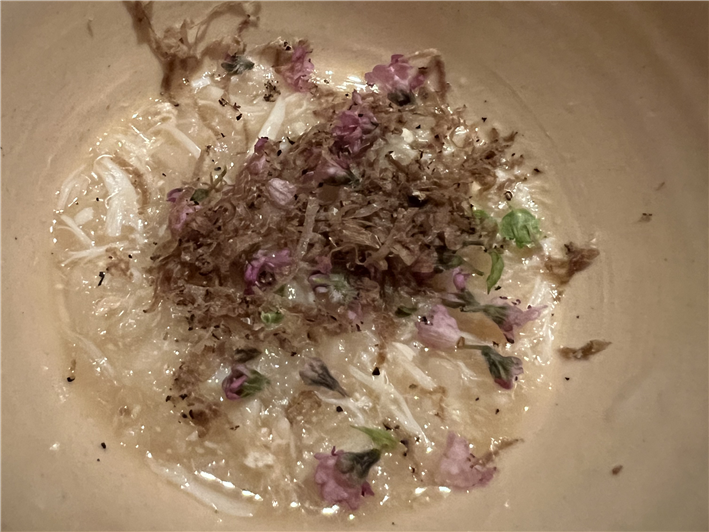

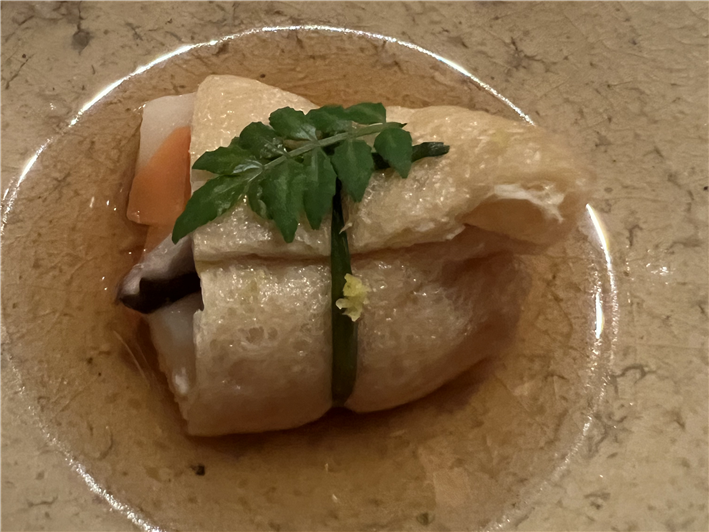

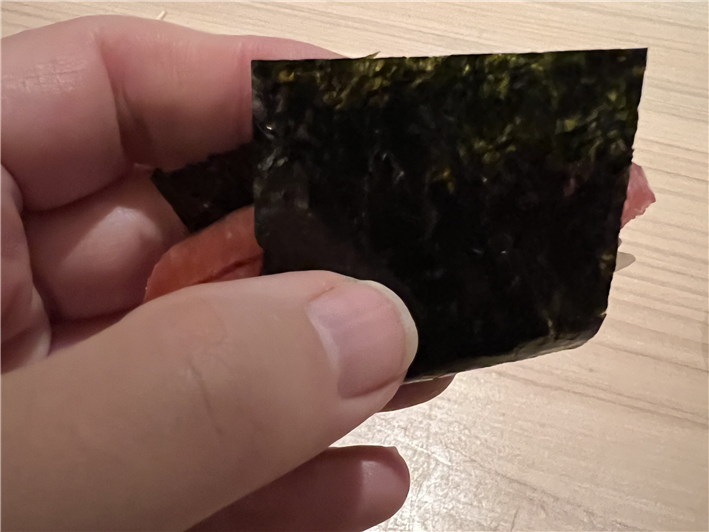

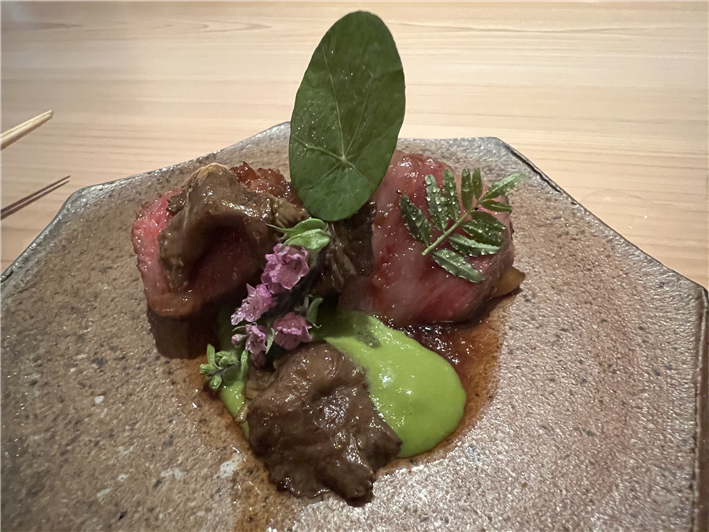
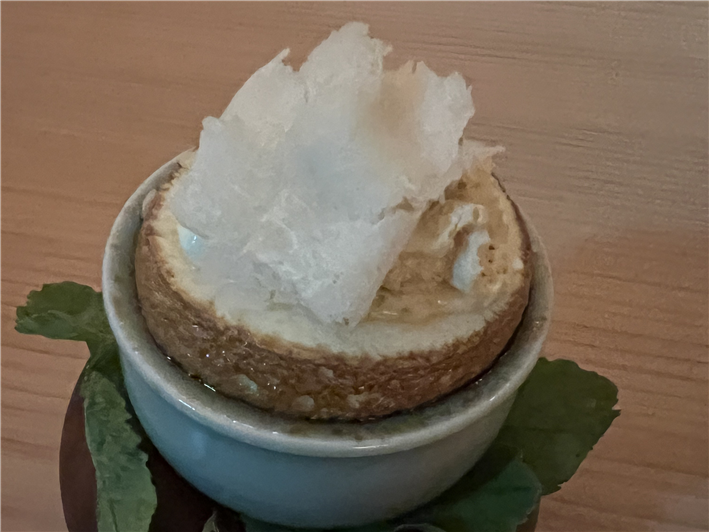



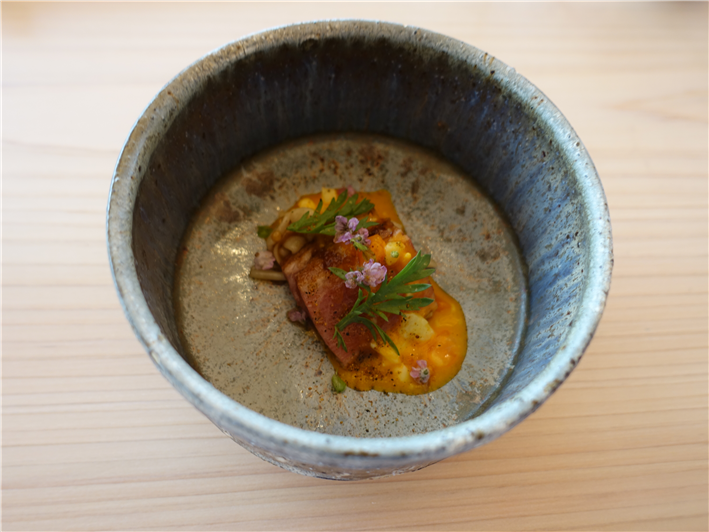
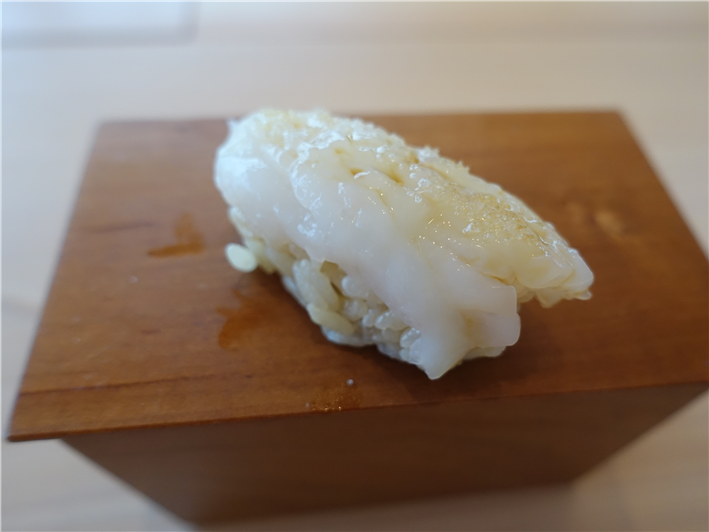


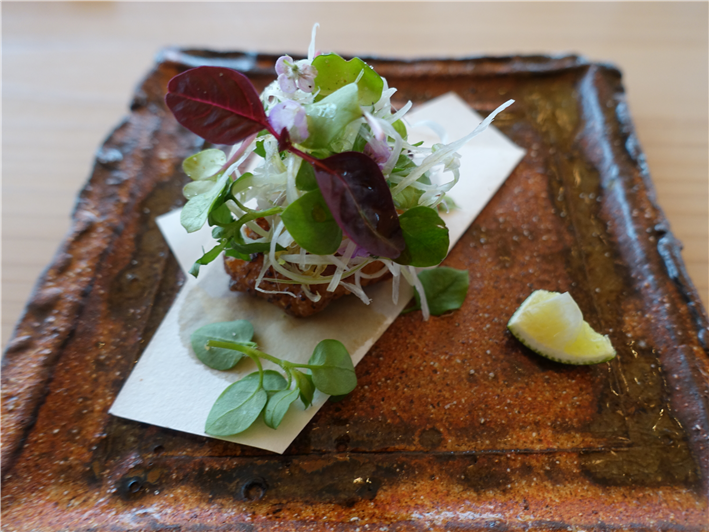
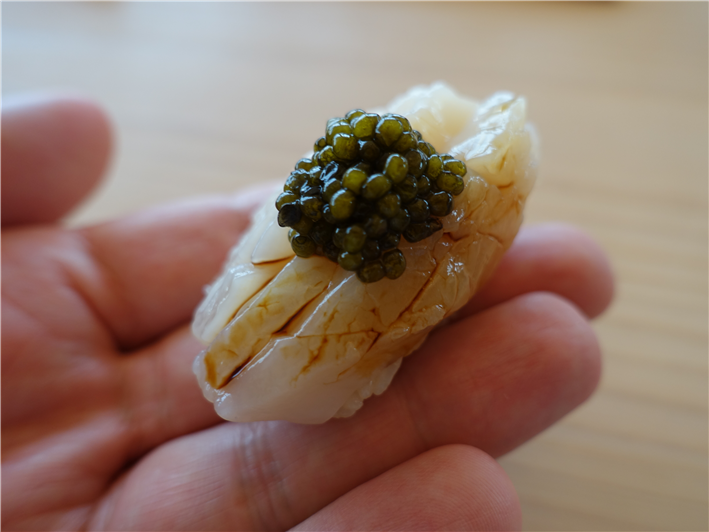
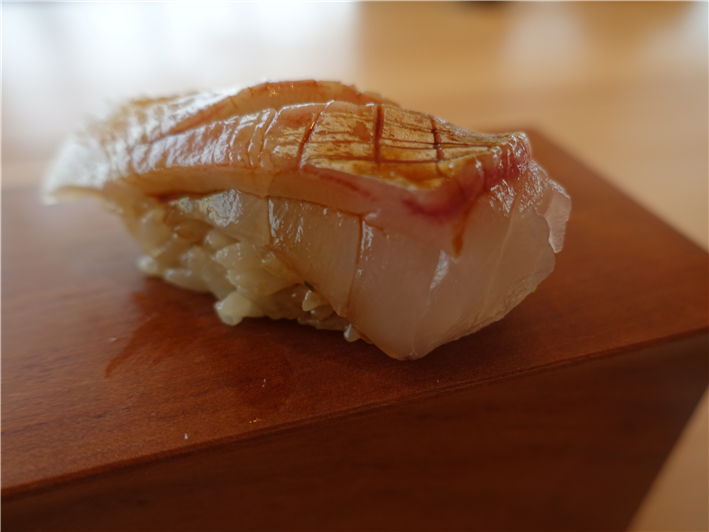
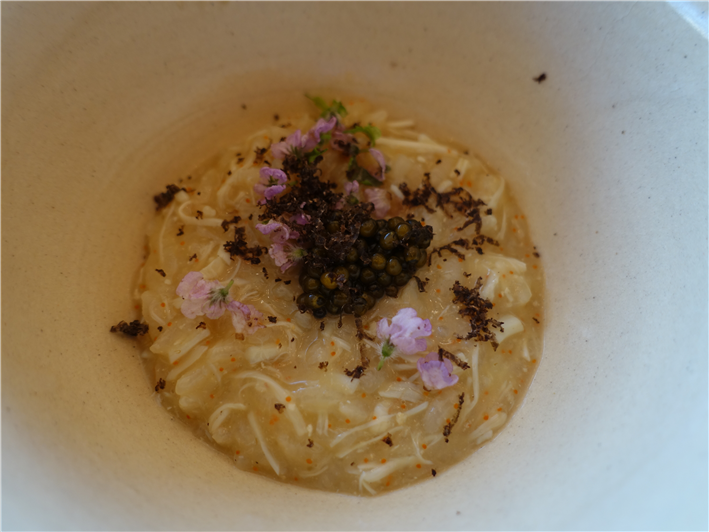

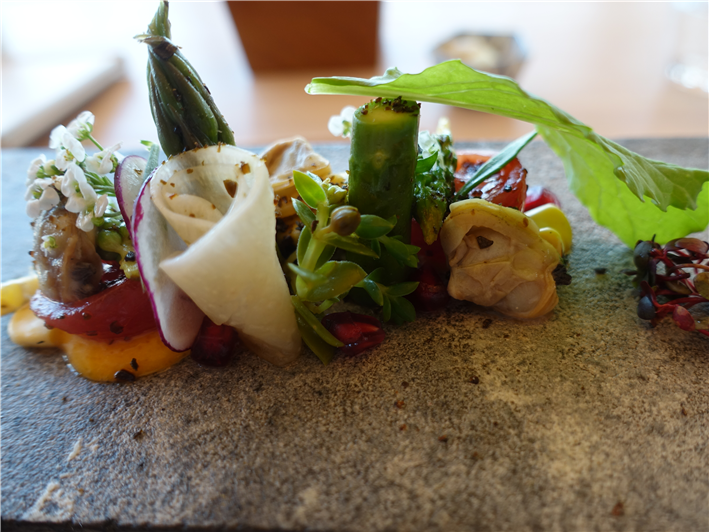

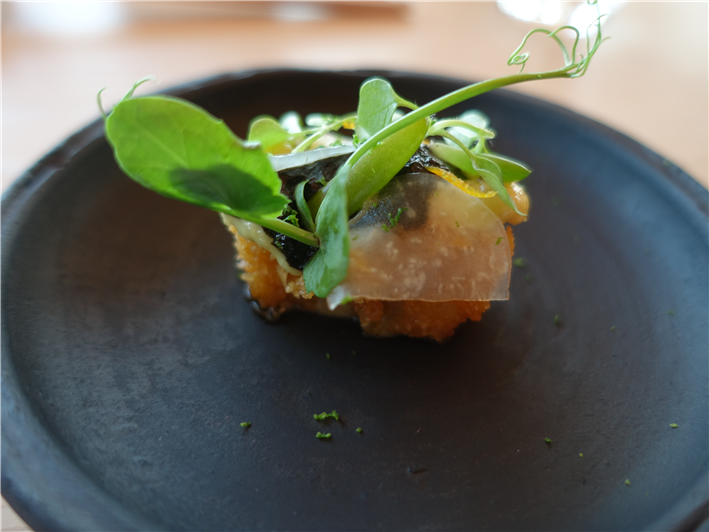

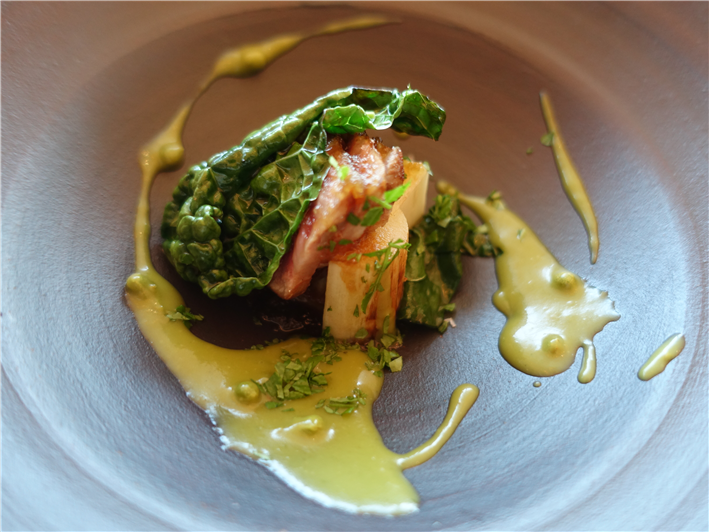
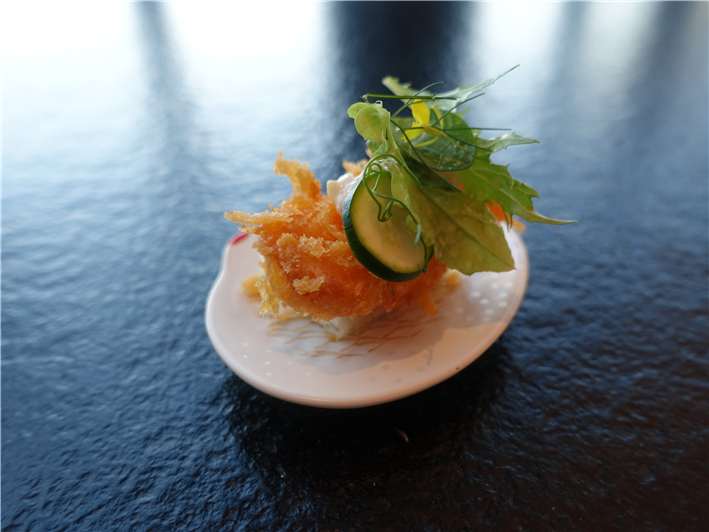

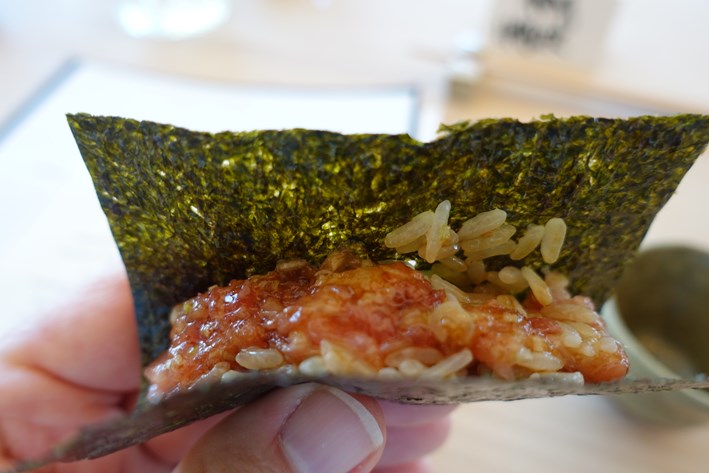
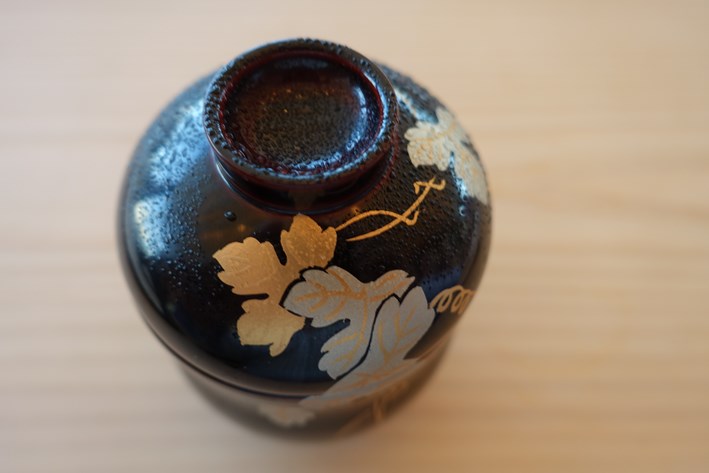
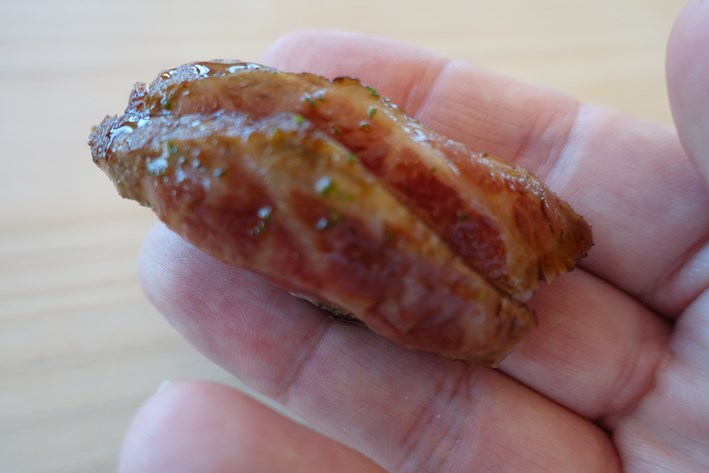
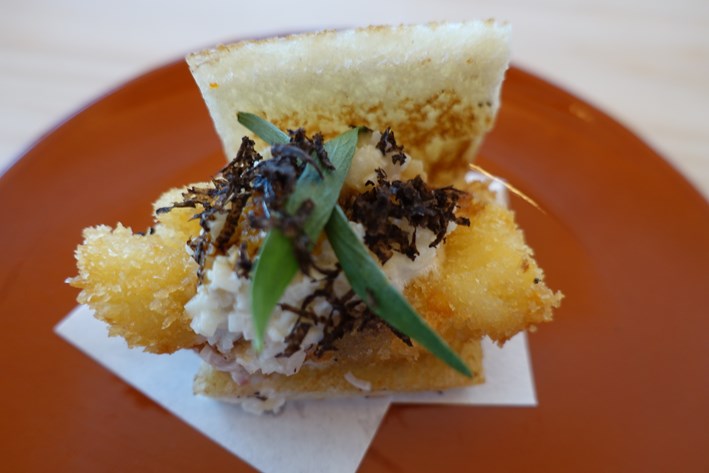
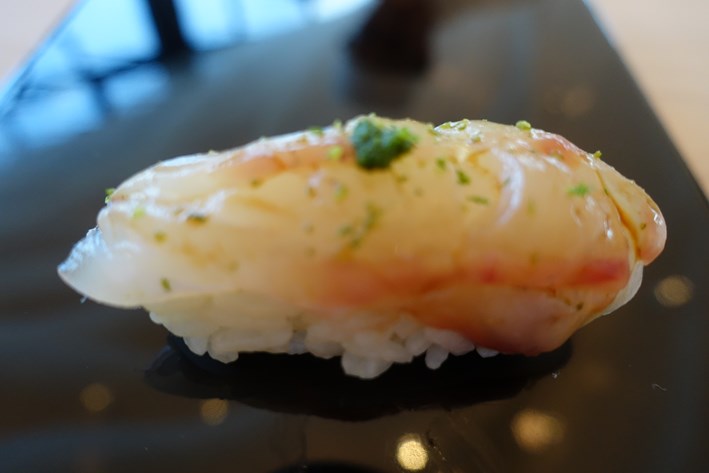
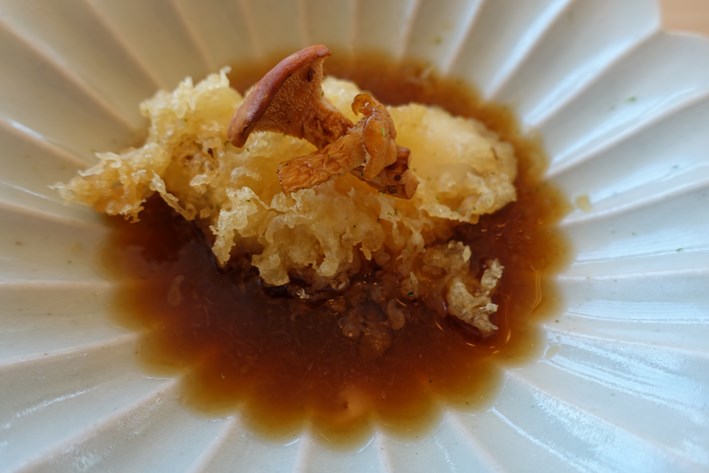

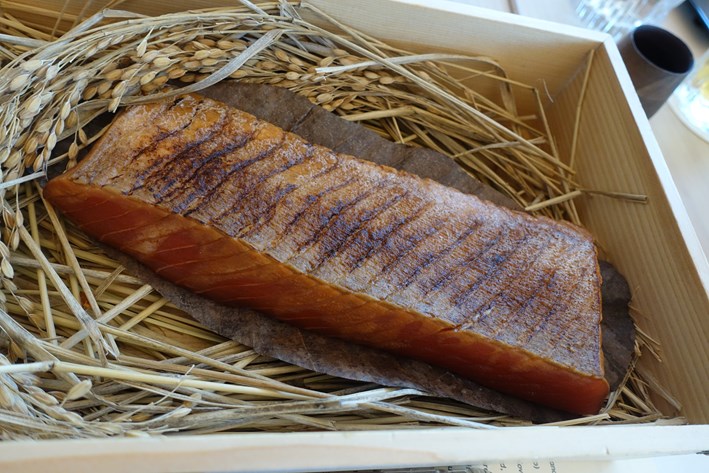
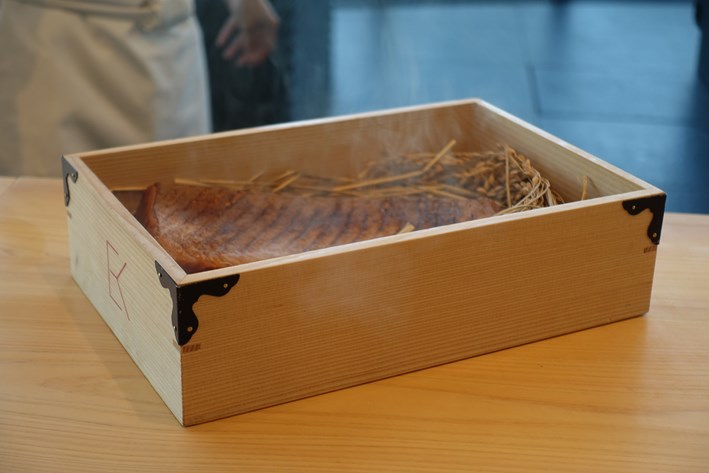
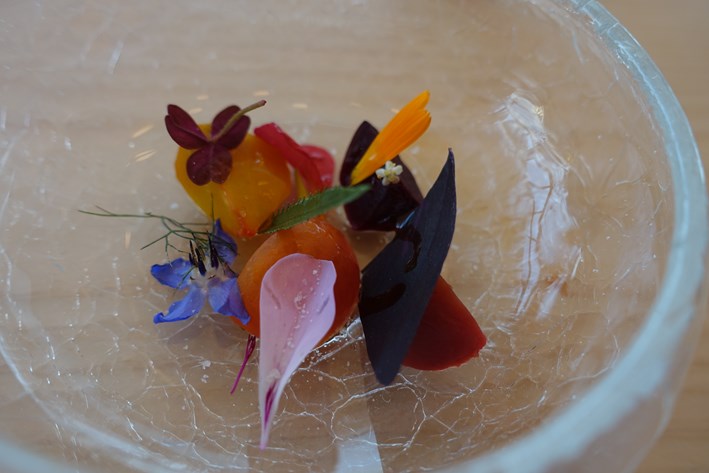
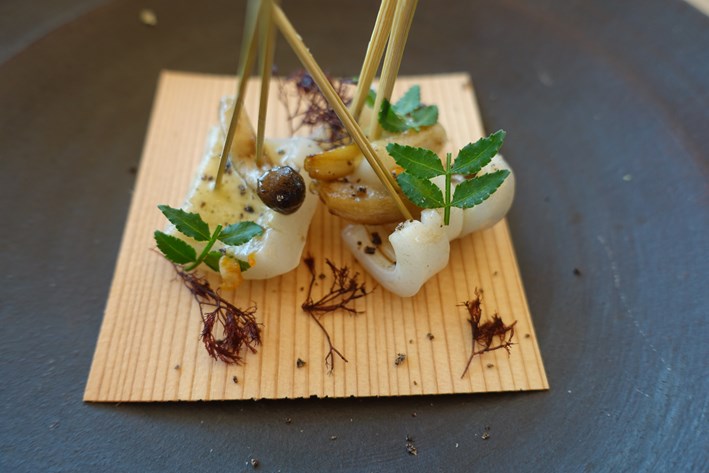
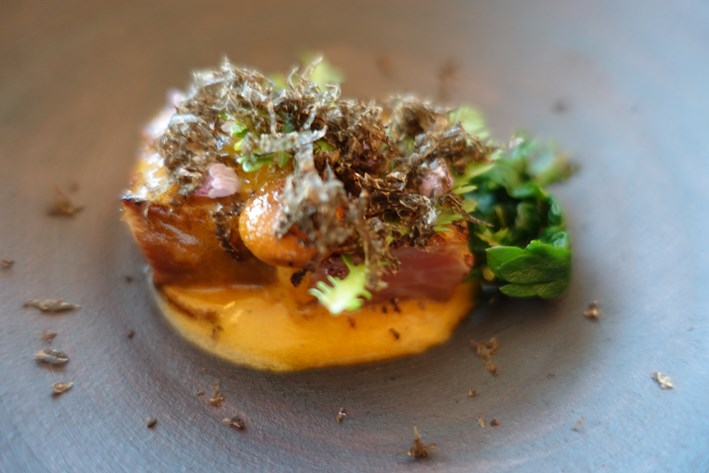

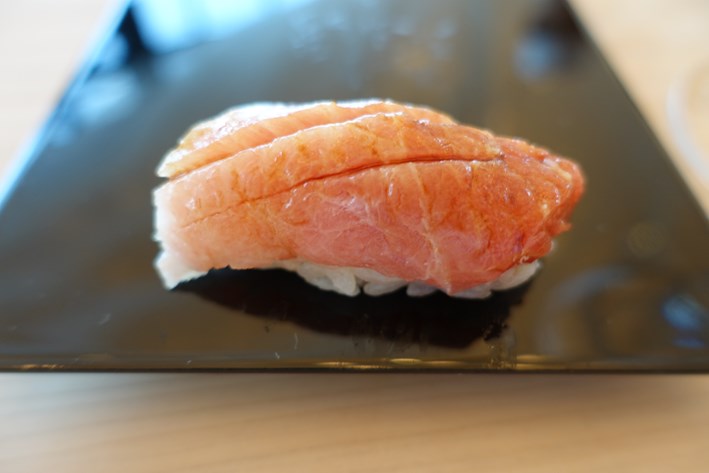
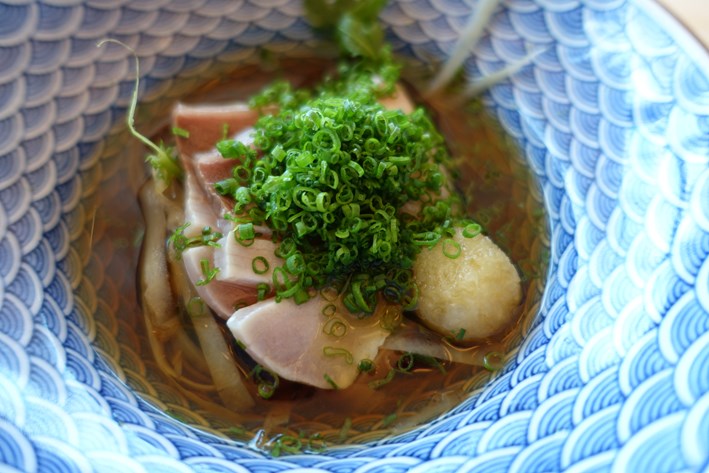
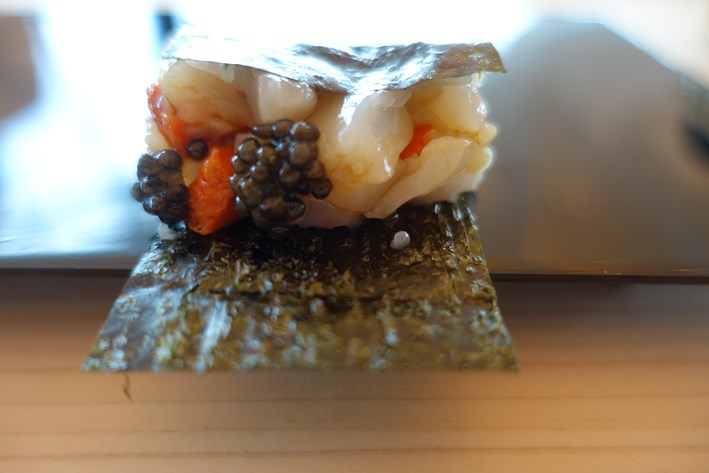
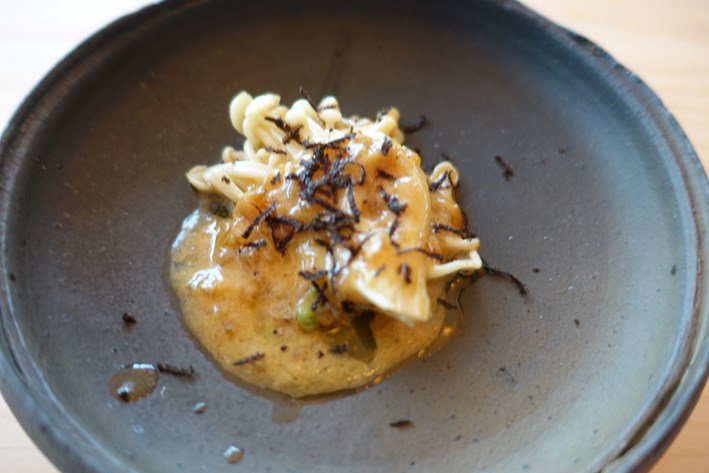
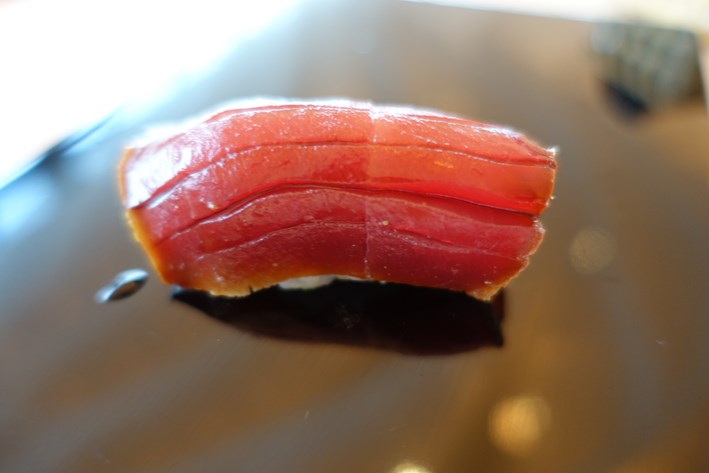

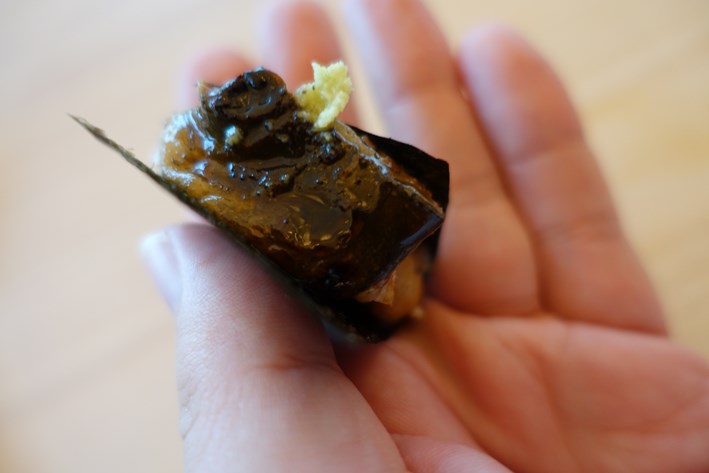
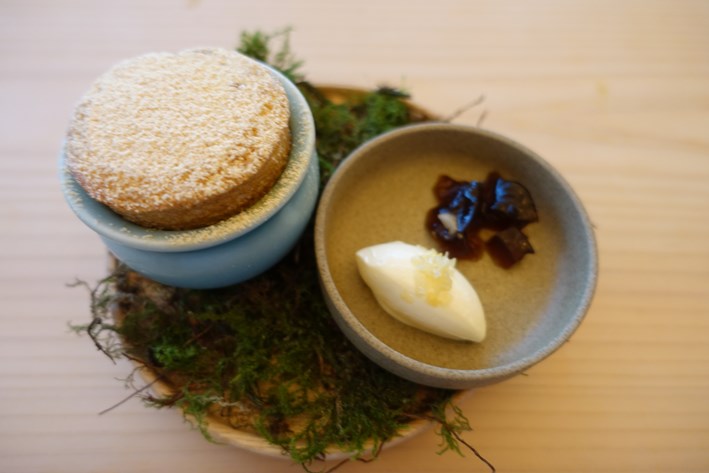



Add a comment
Thank you for submitting your comment, this will be checked and added to the website very soon.
User comments